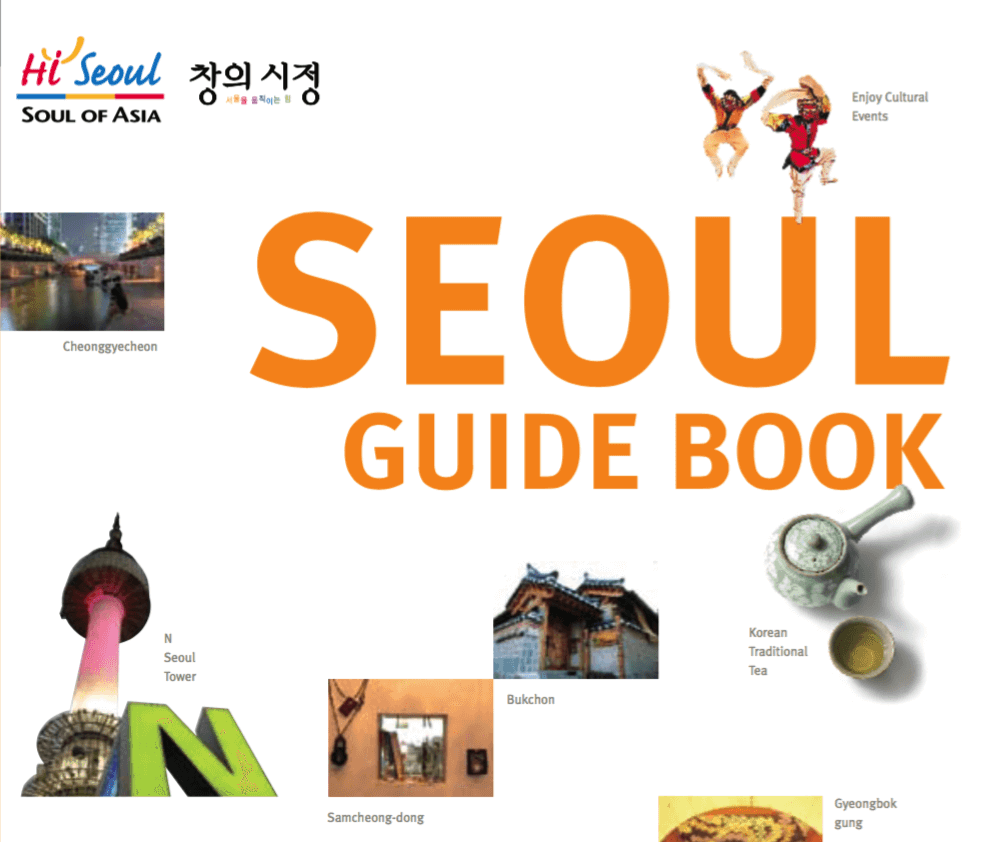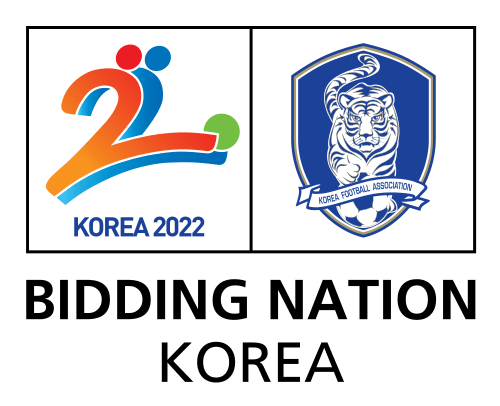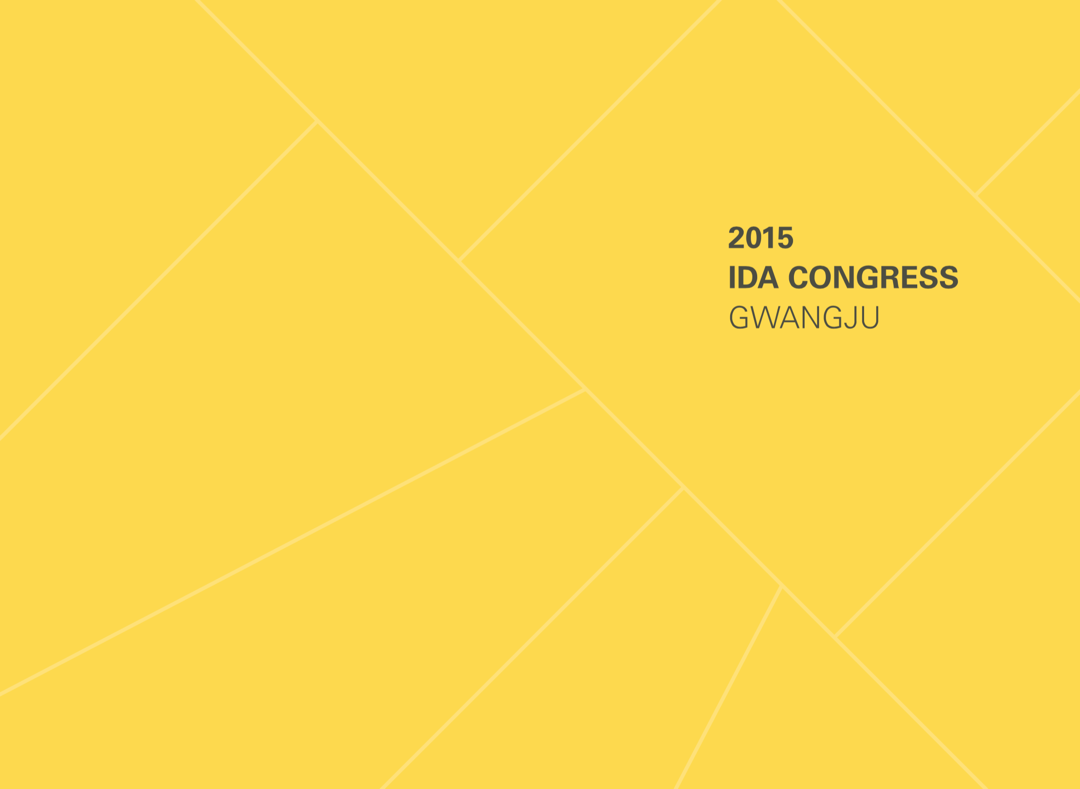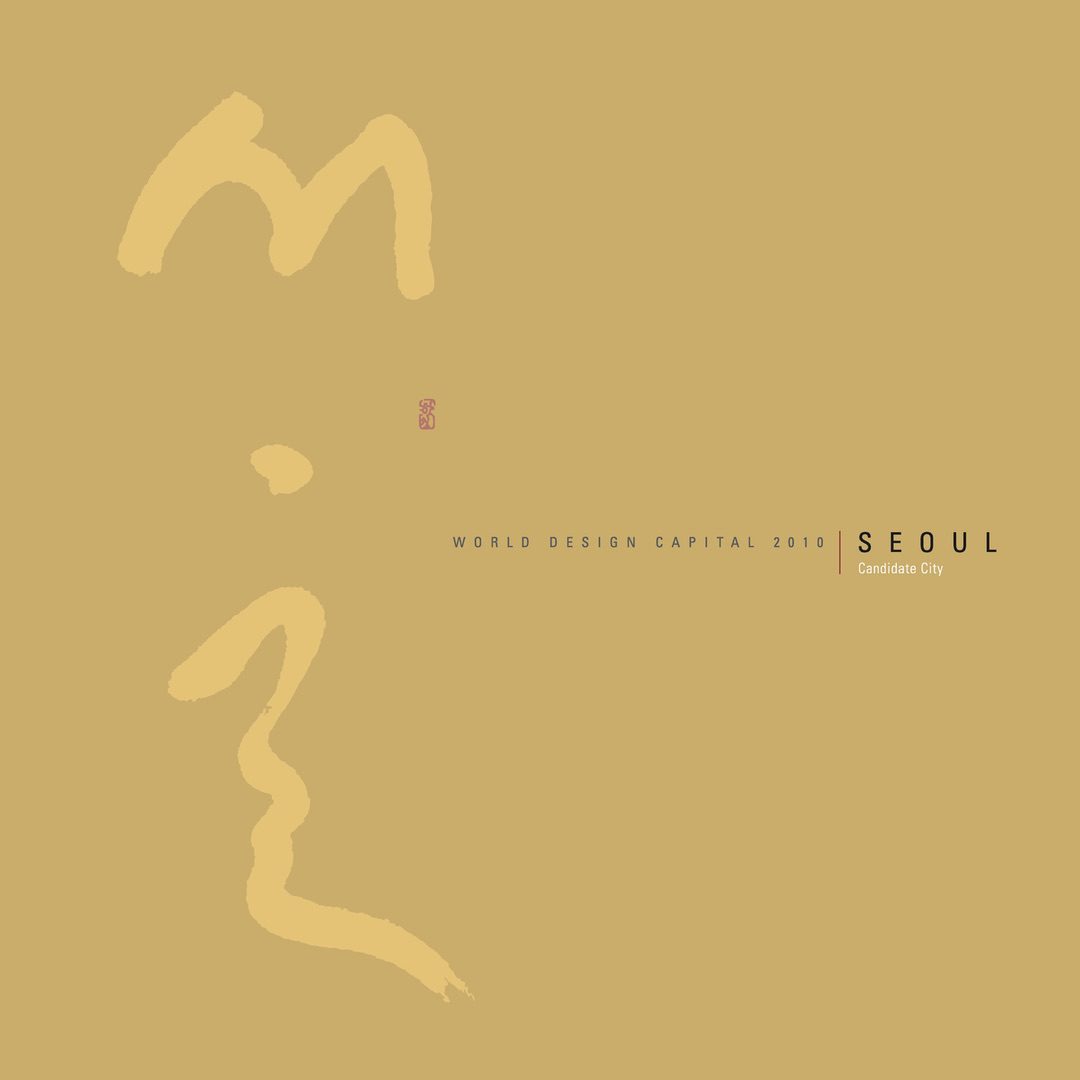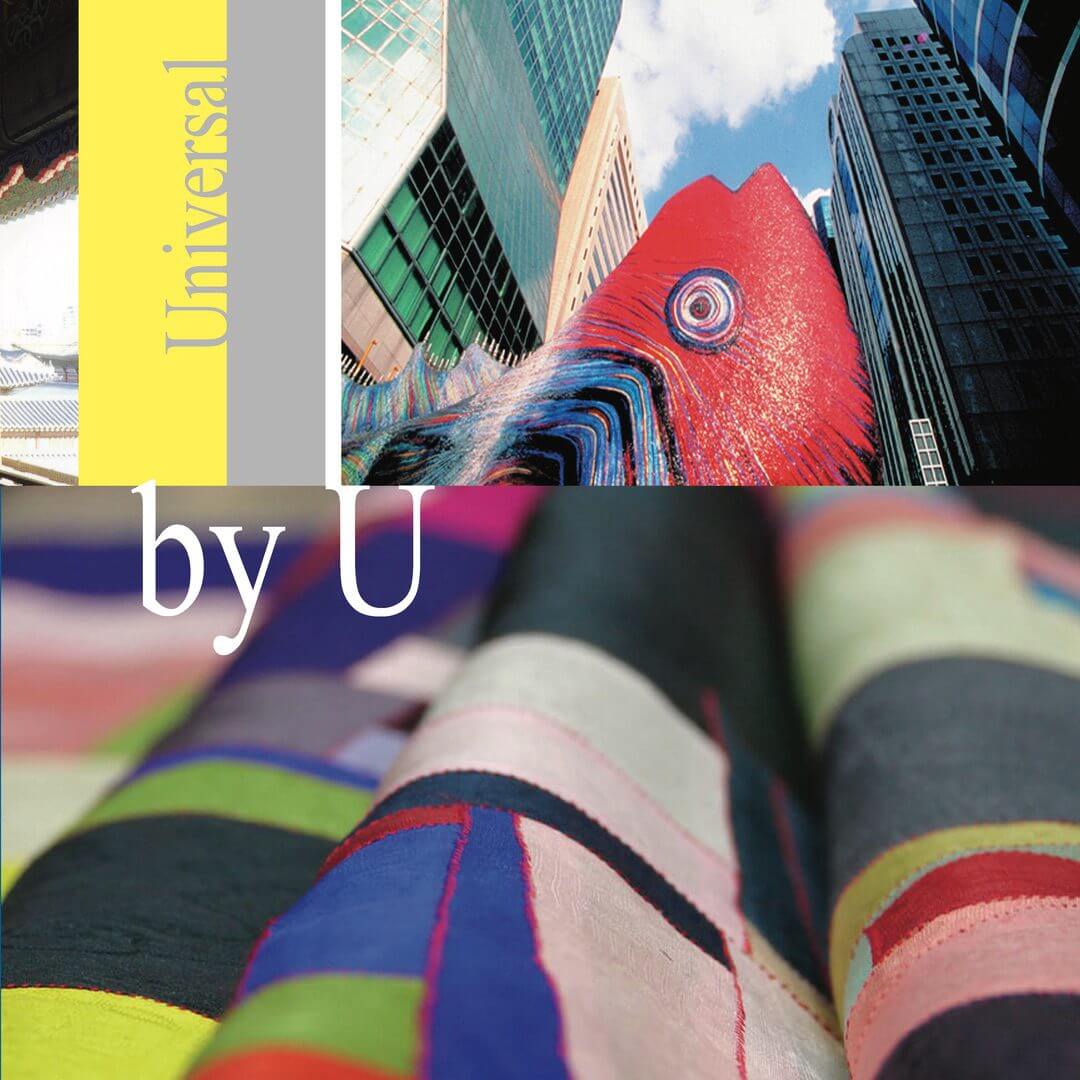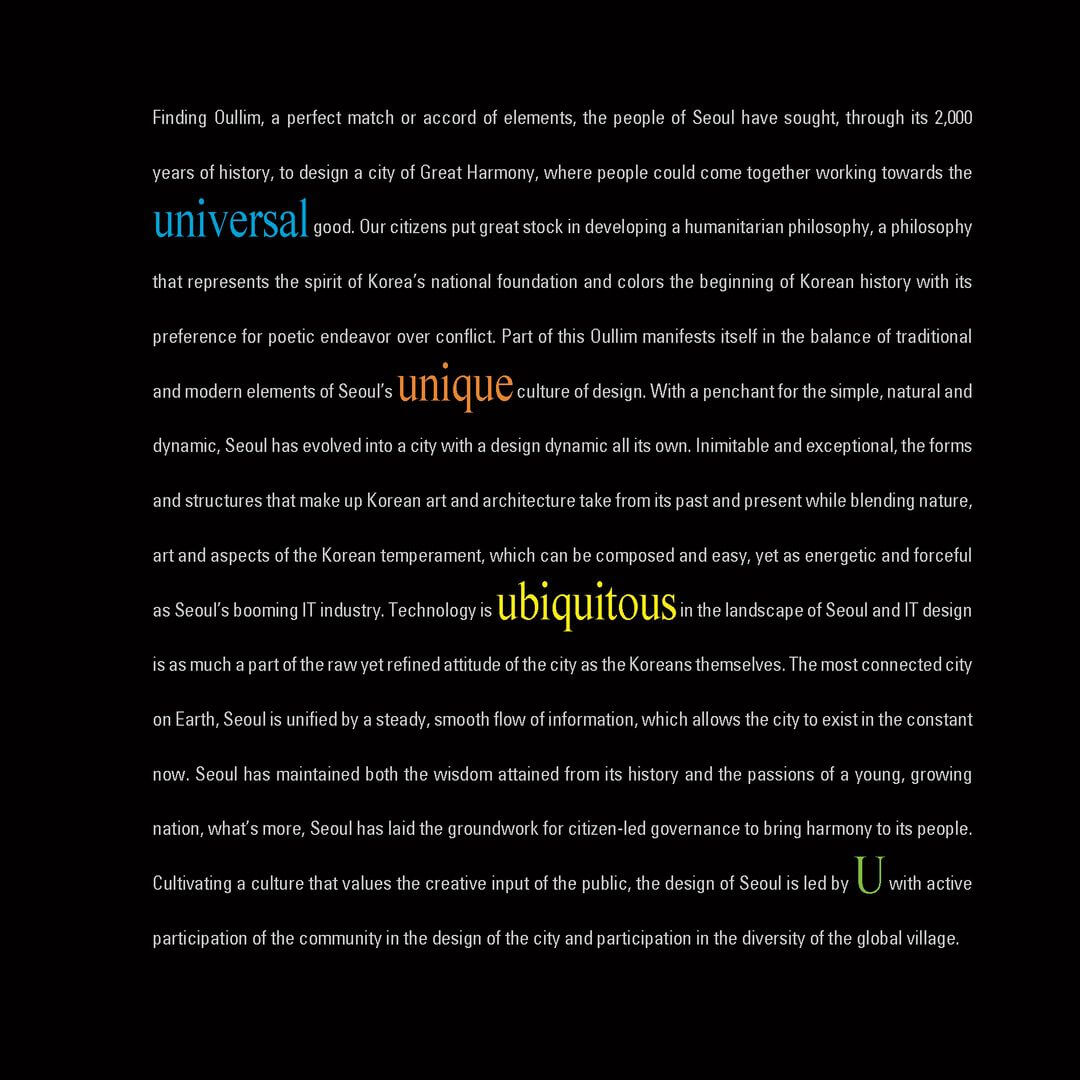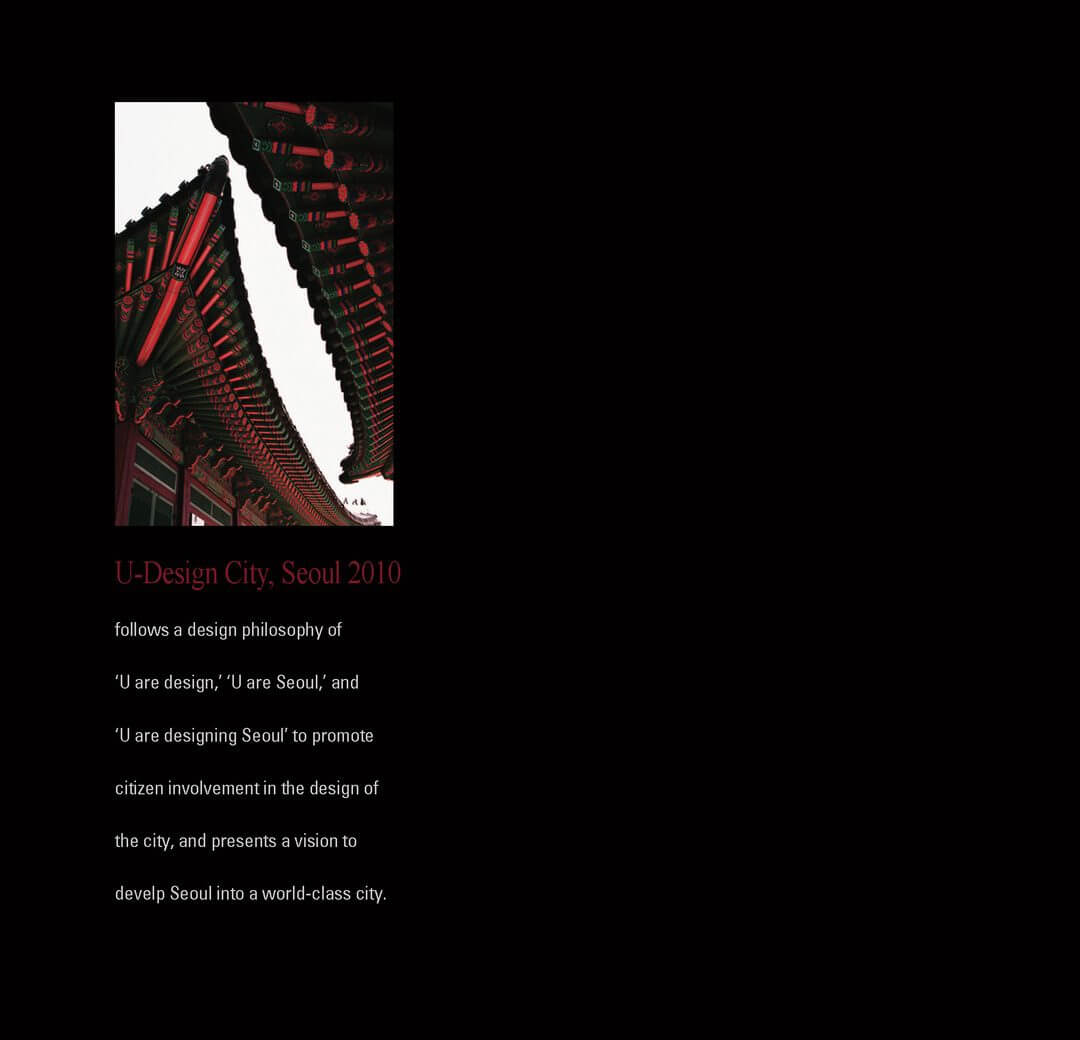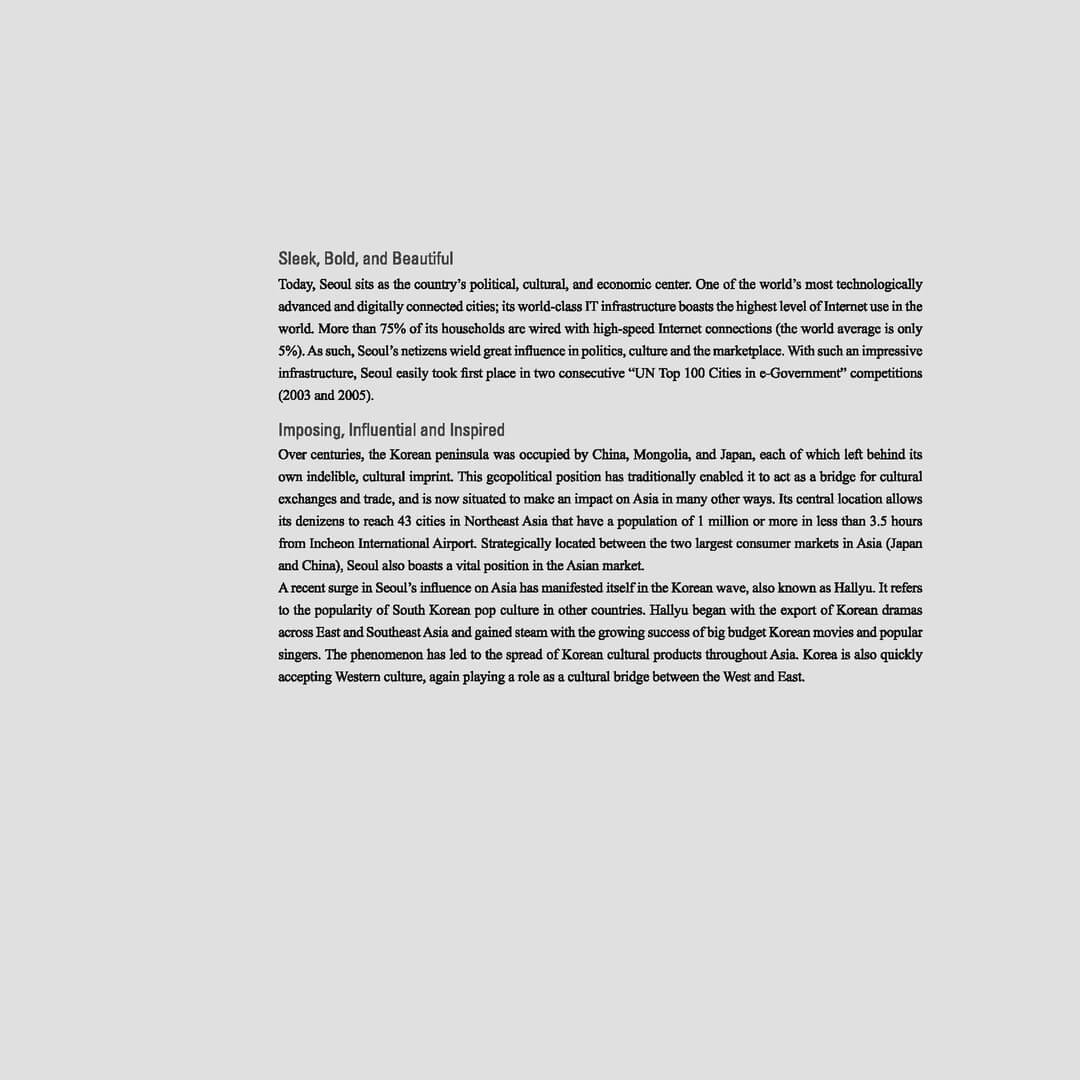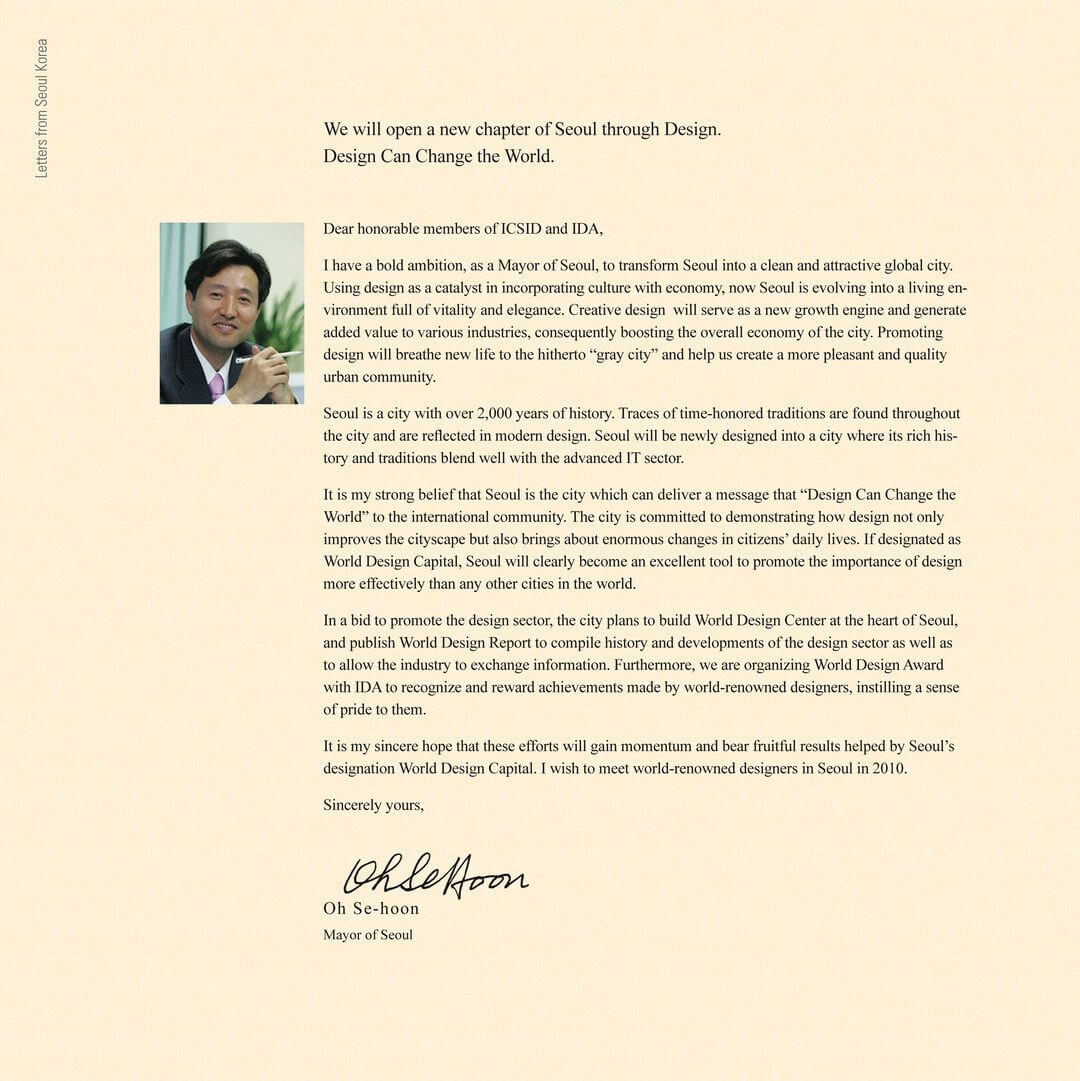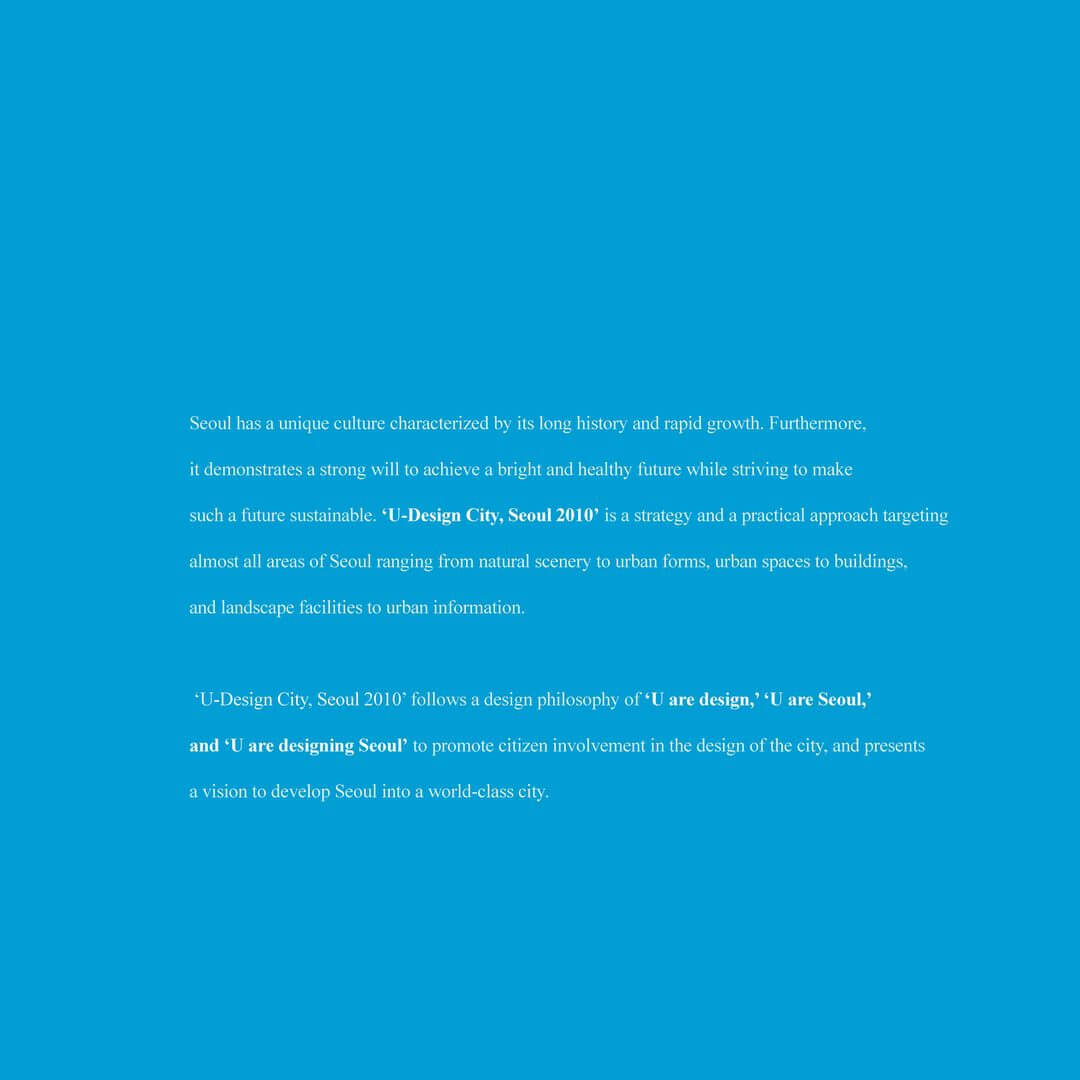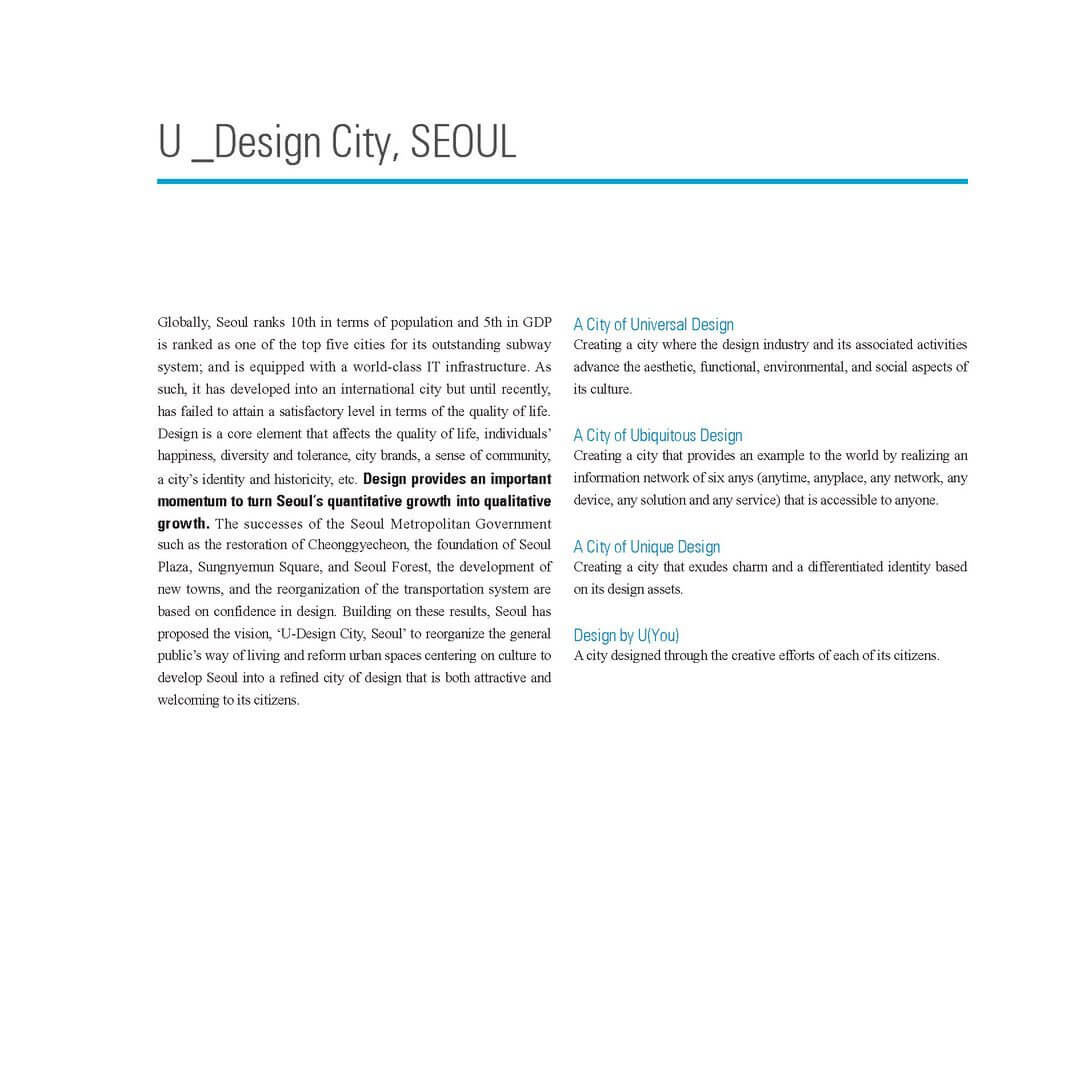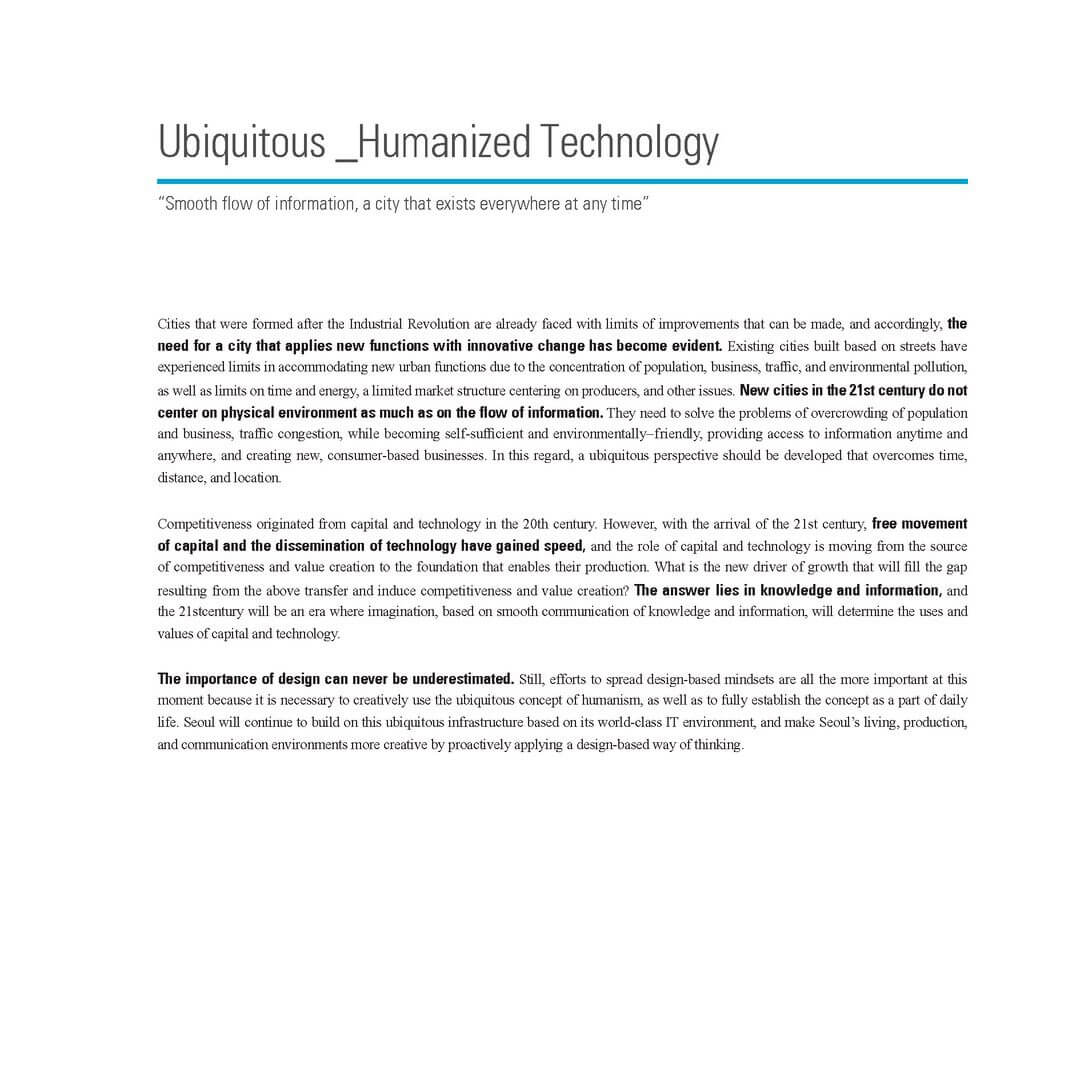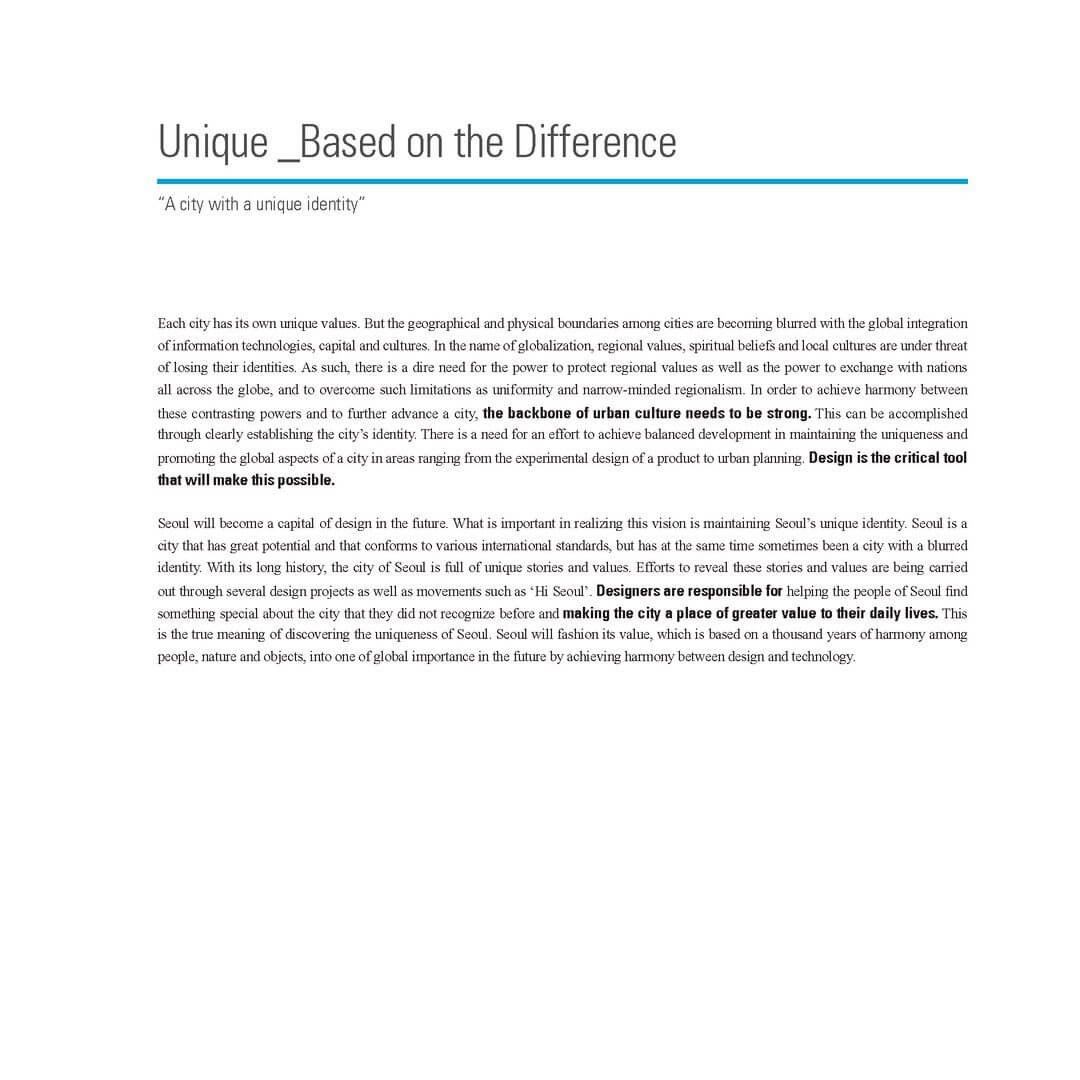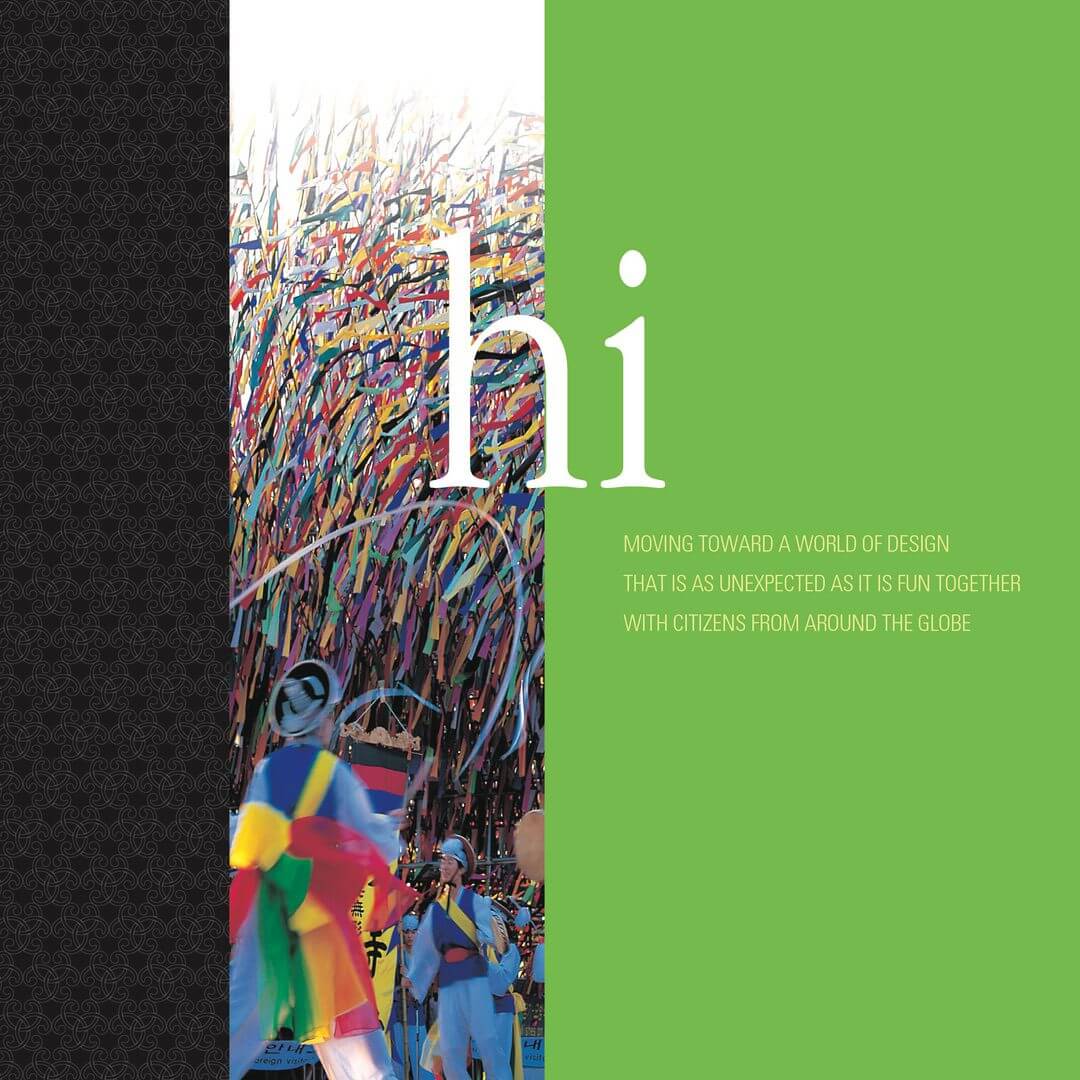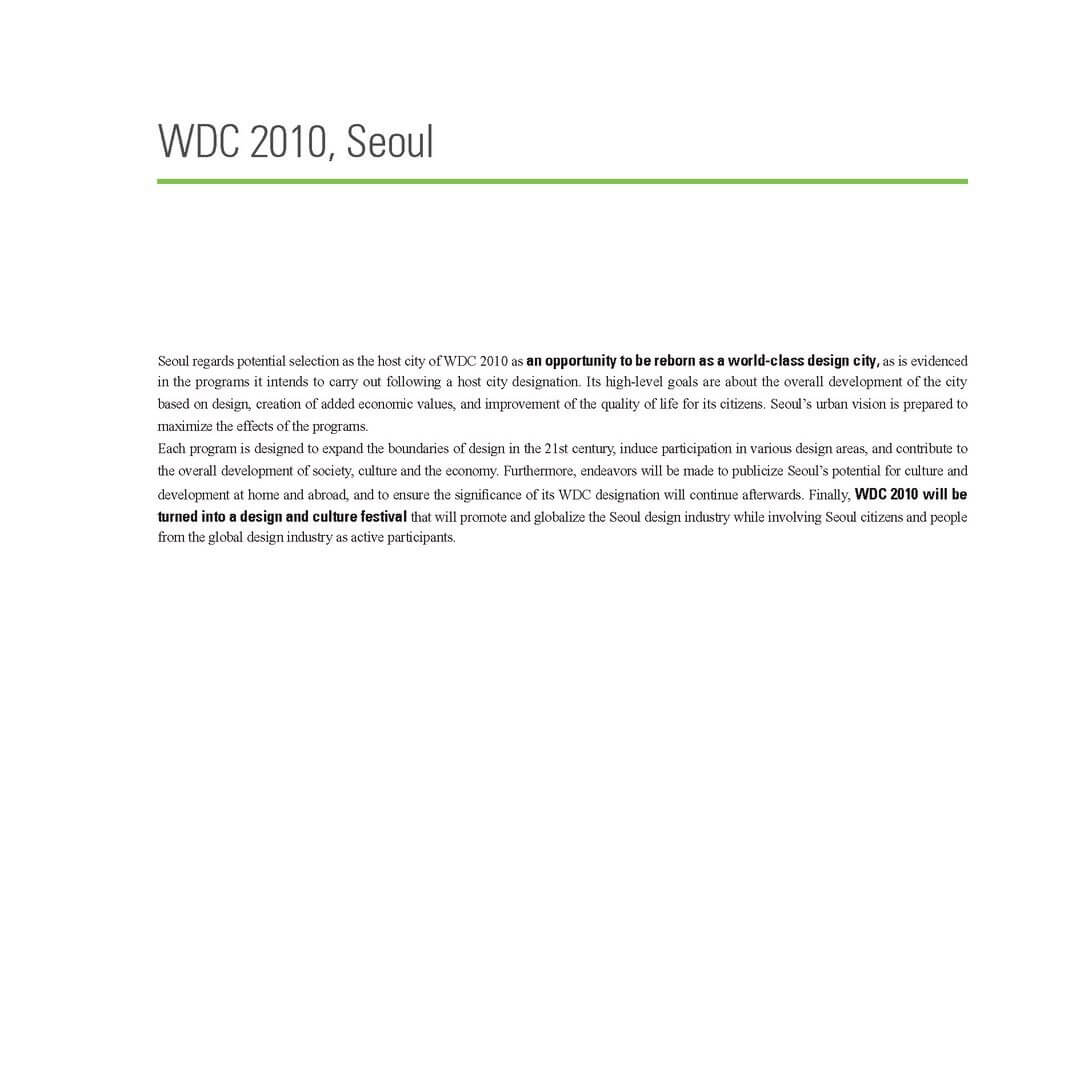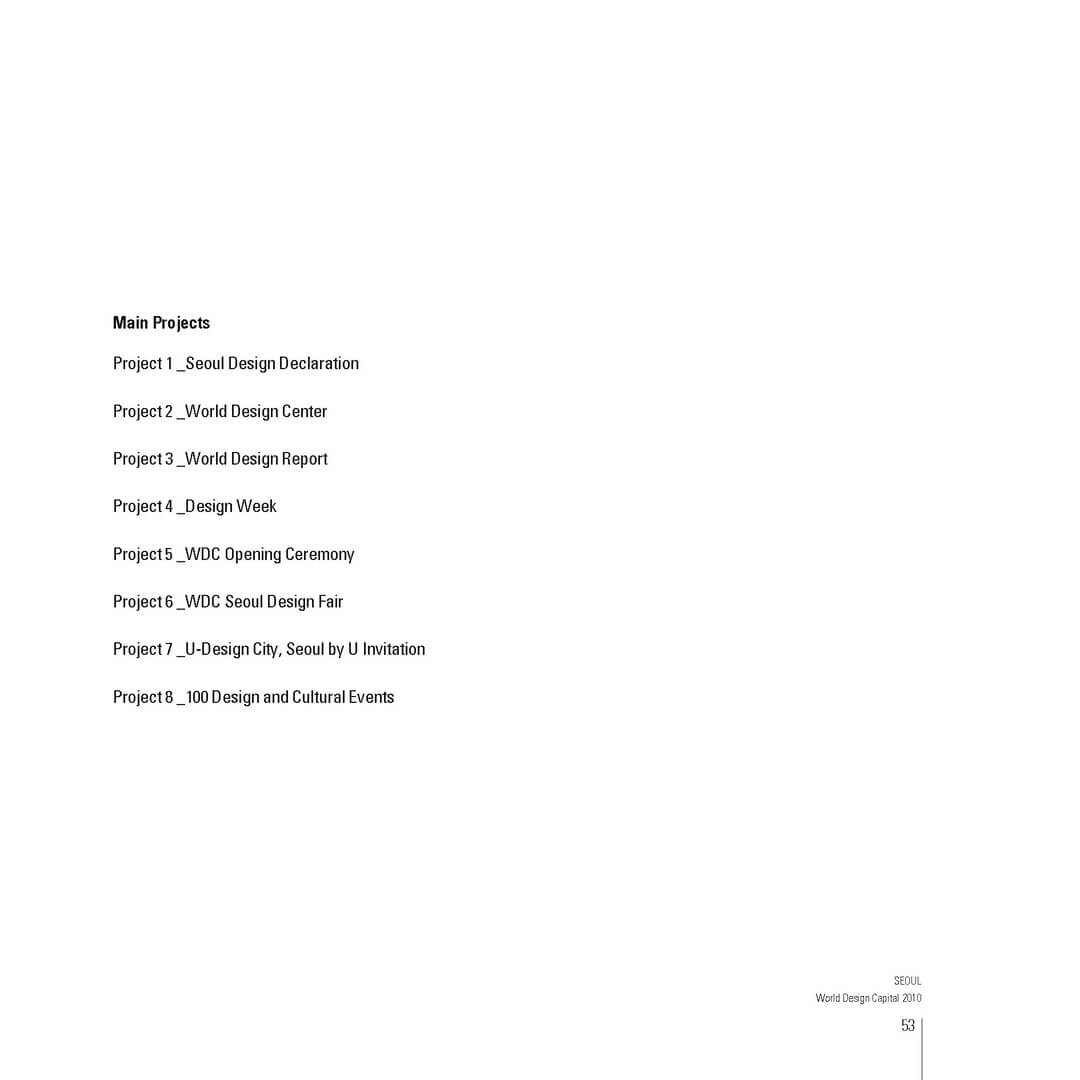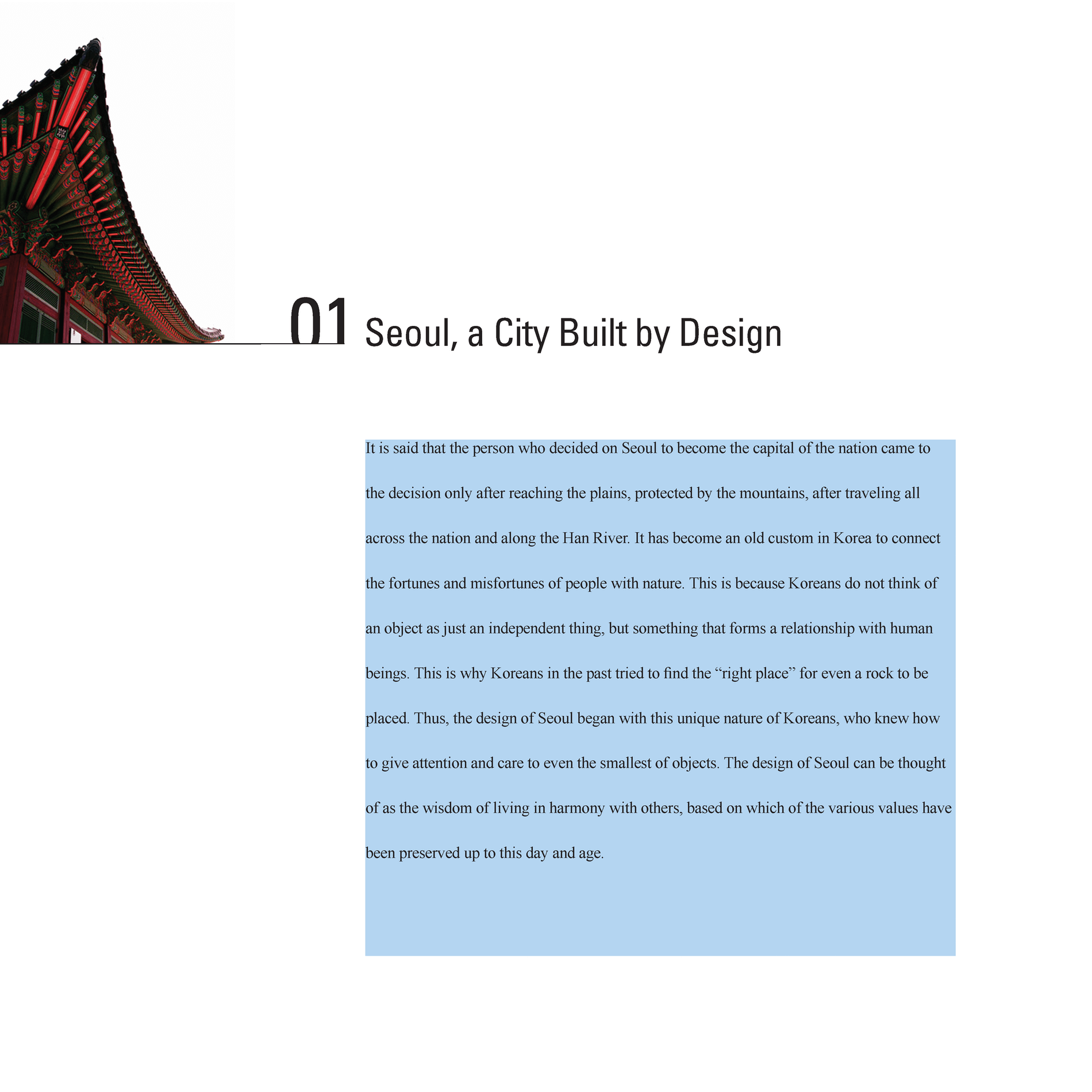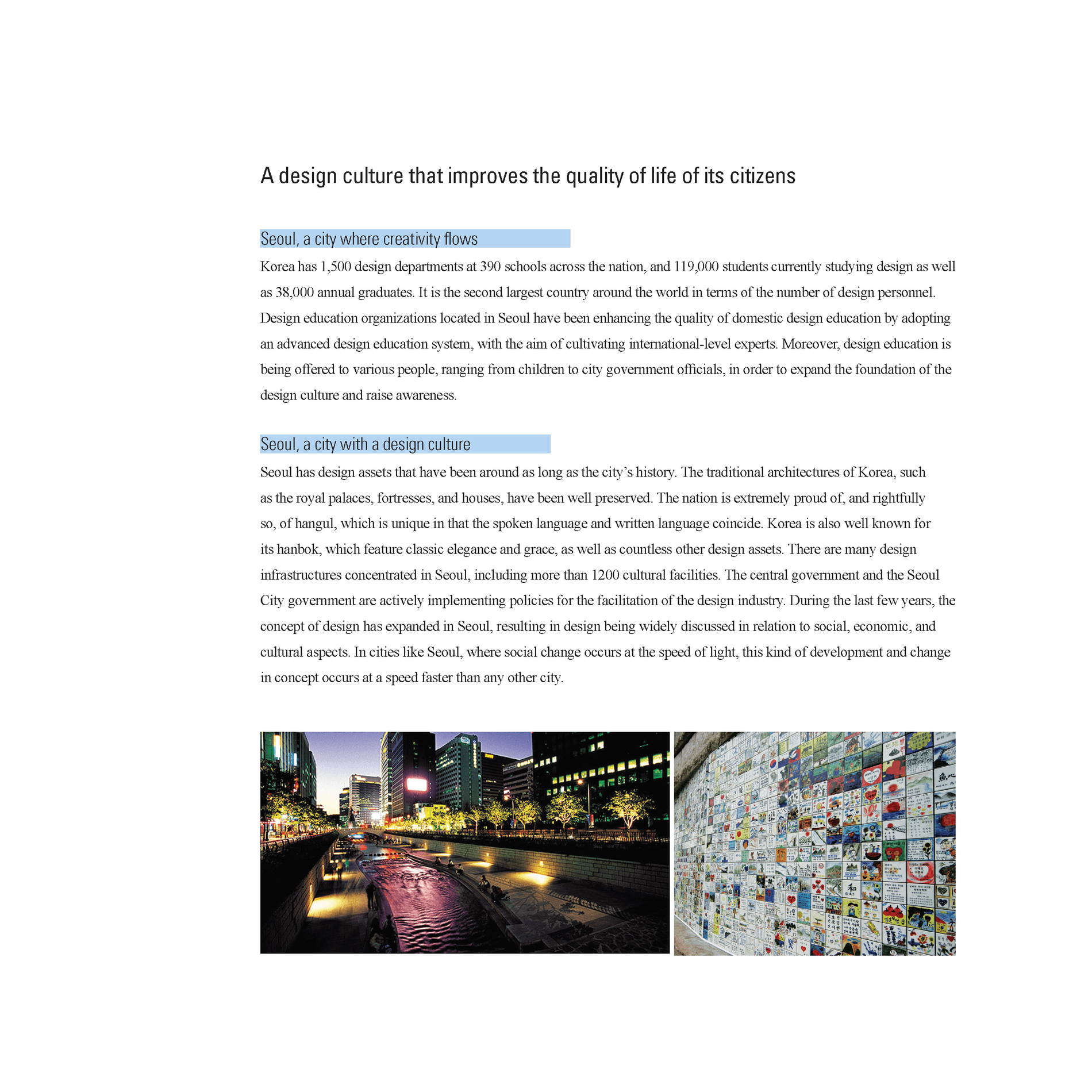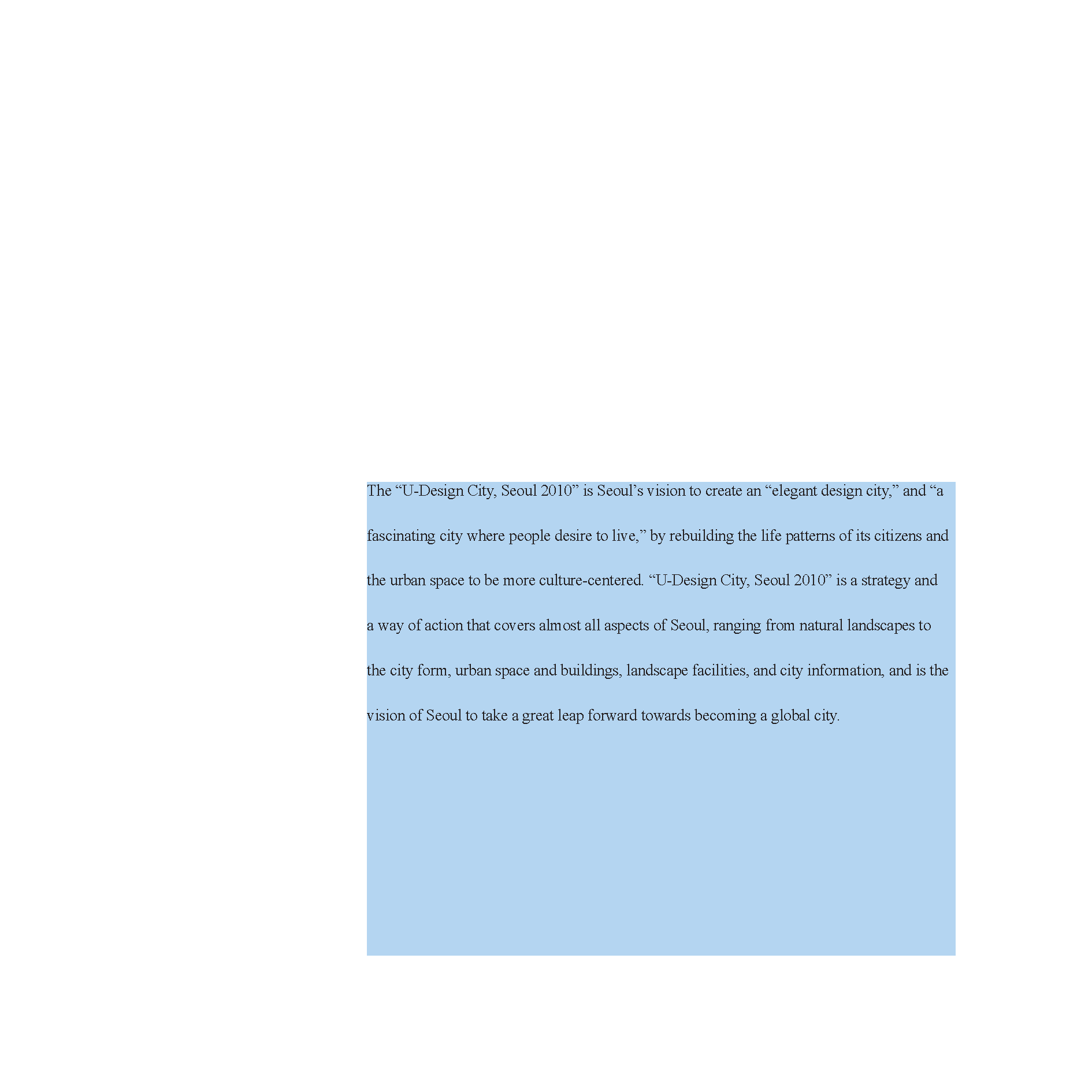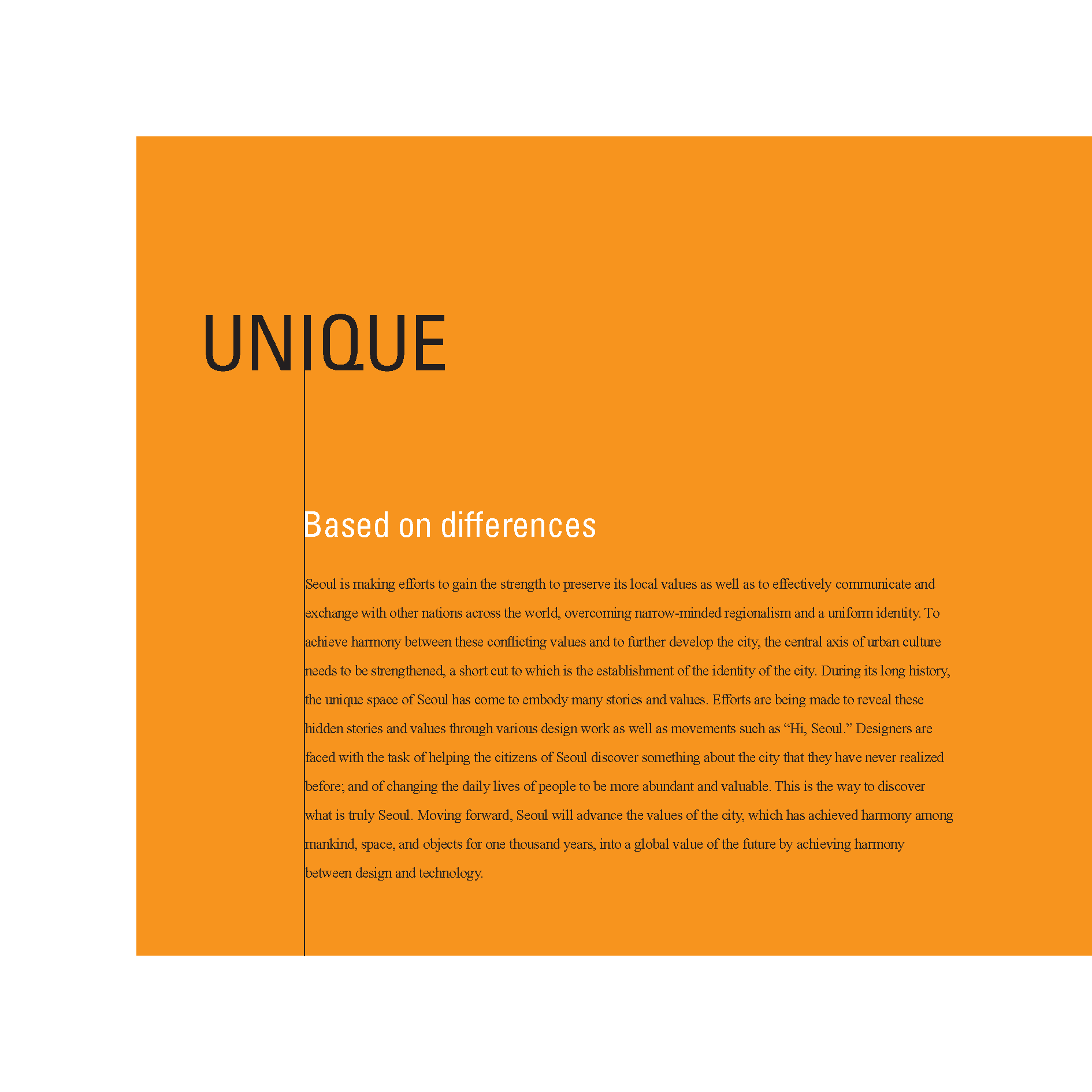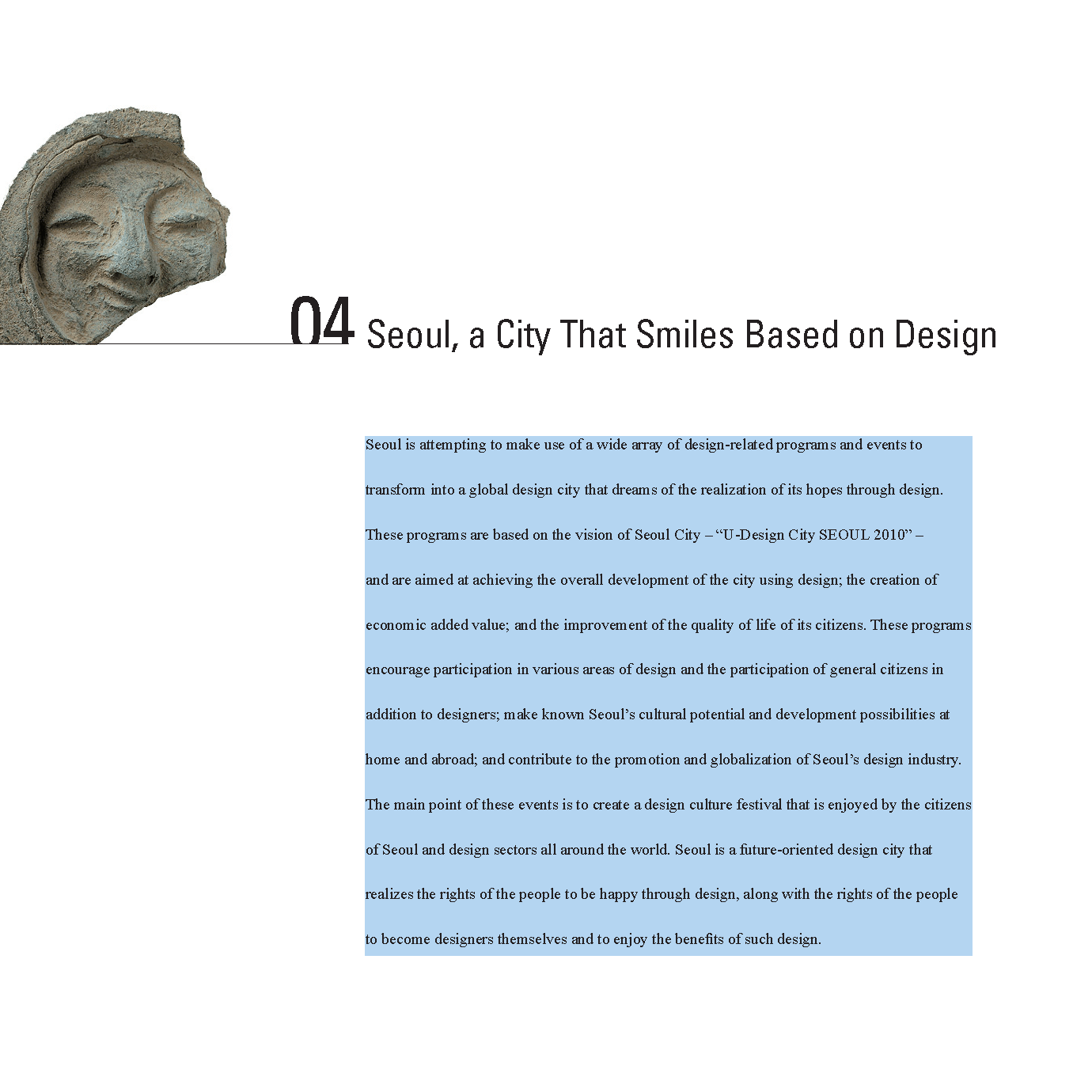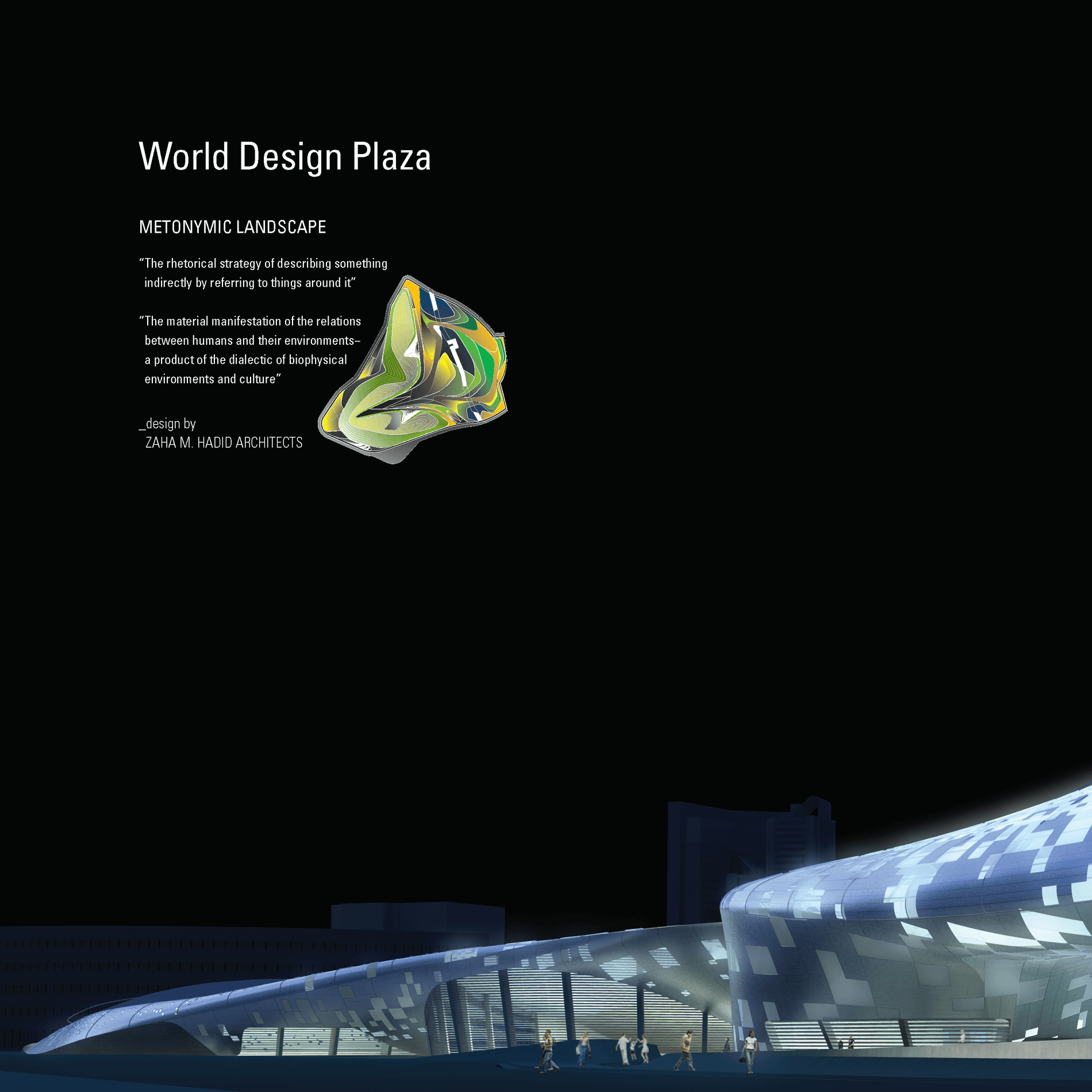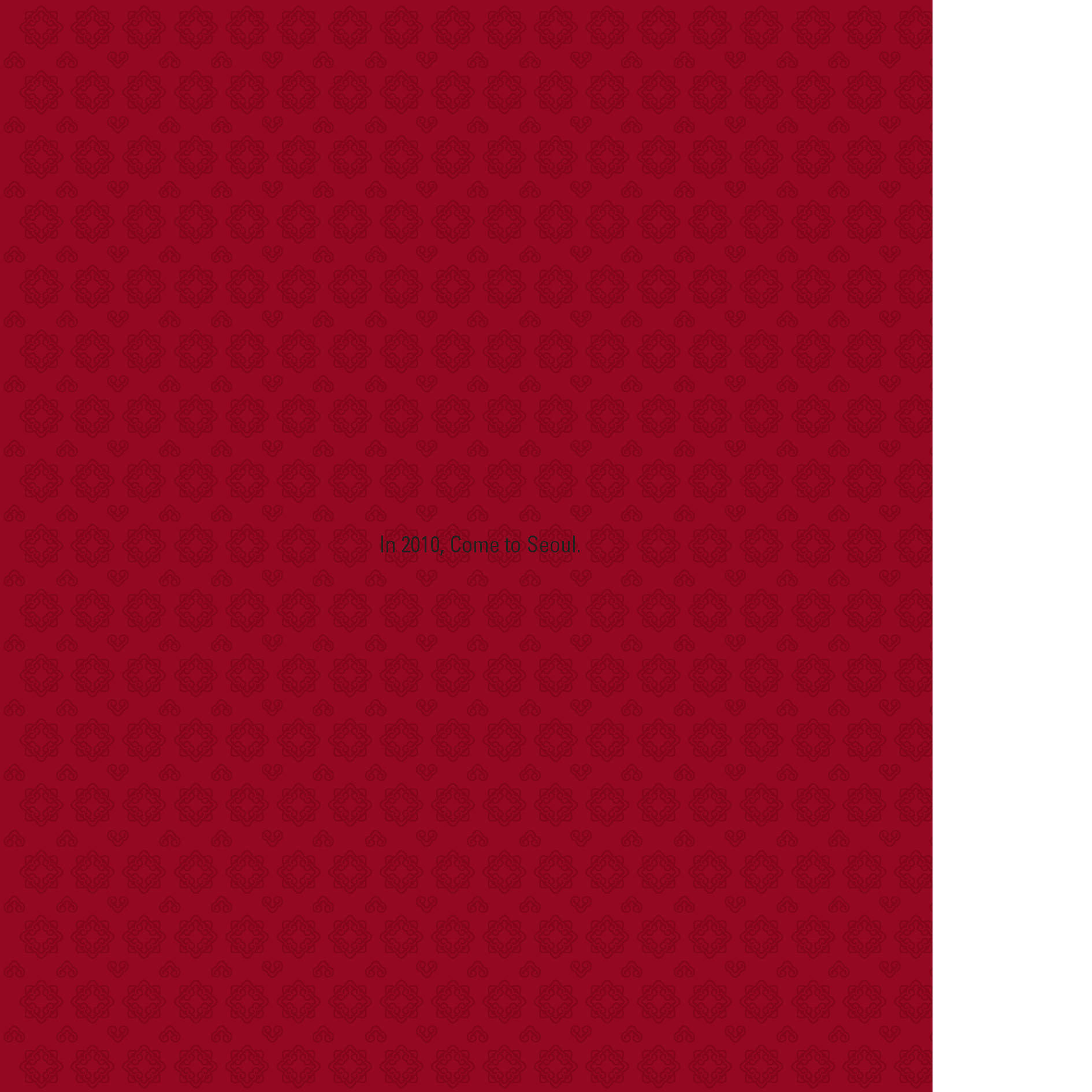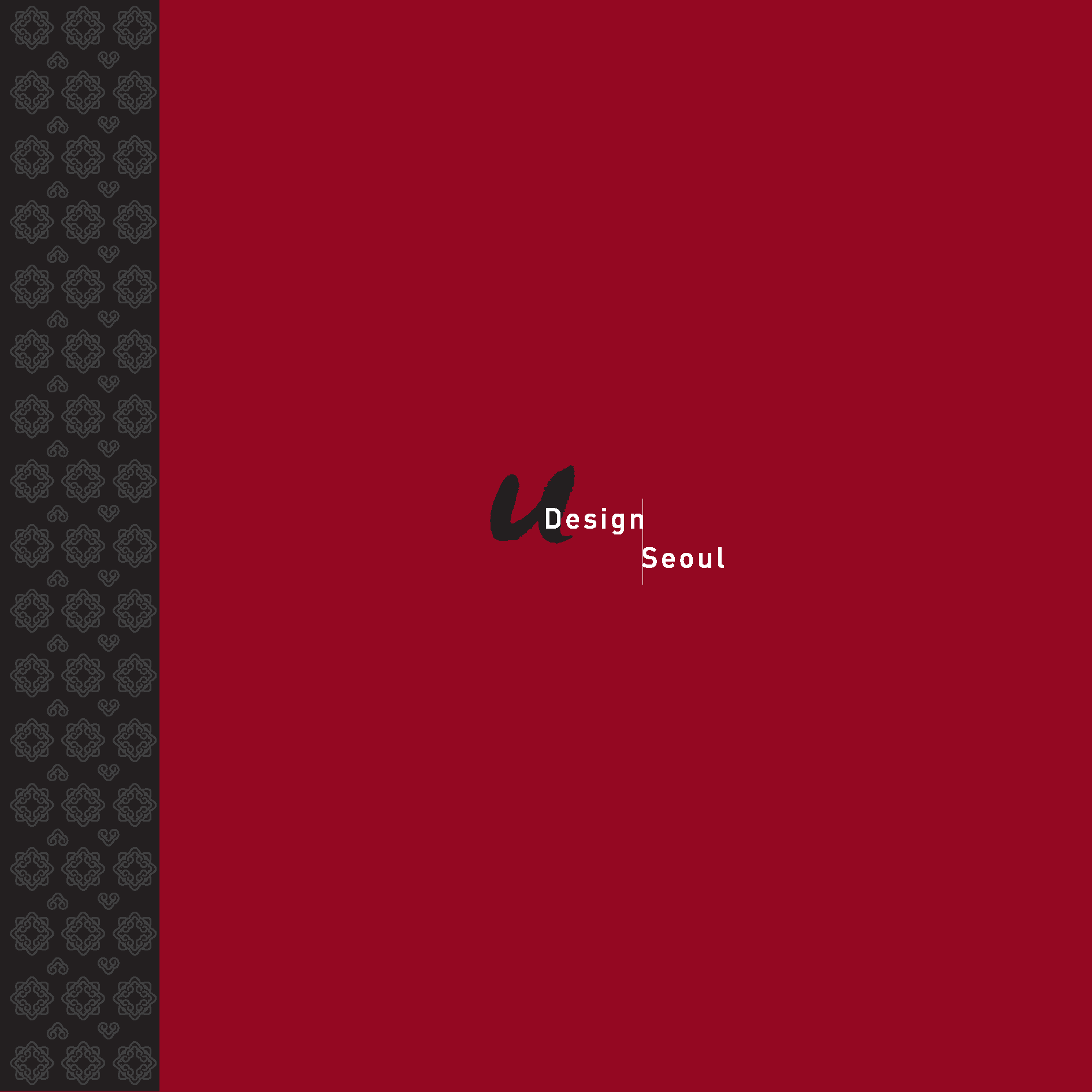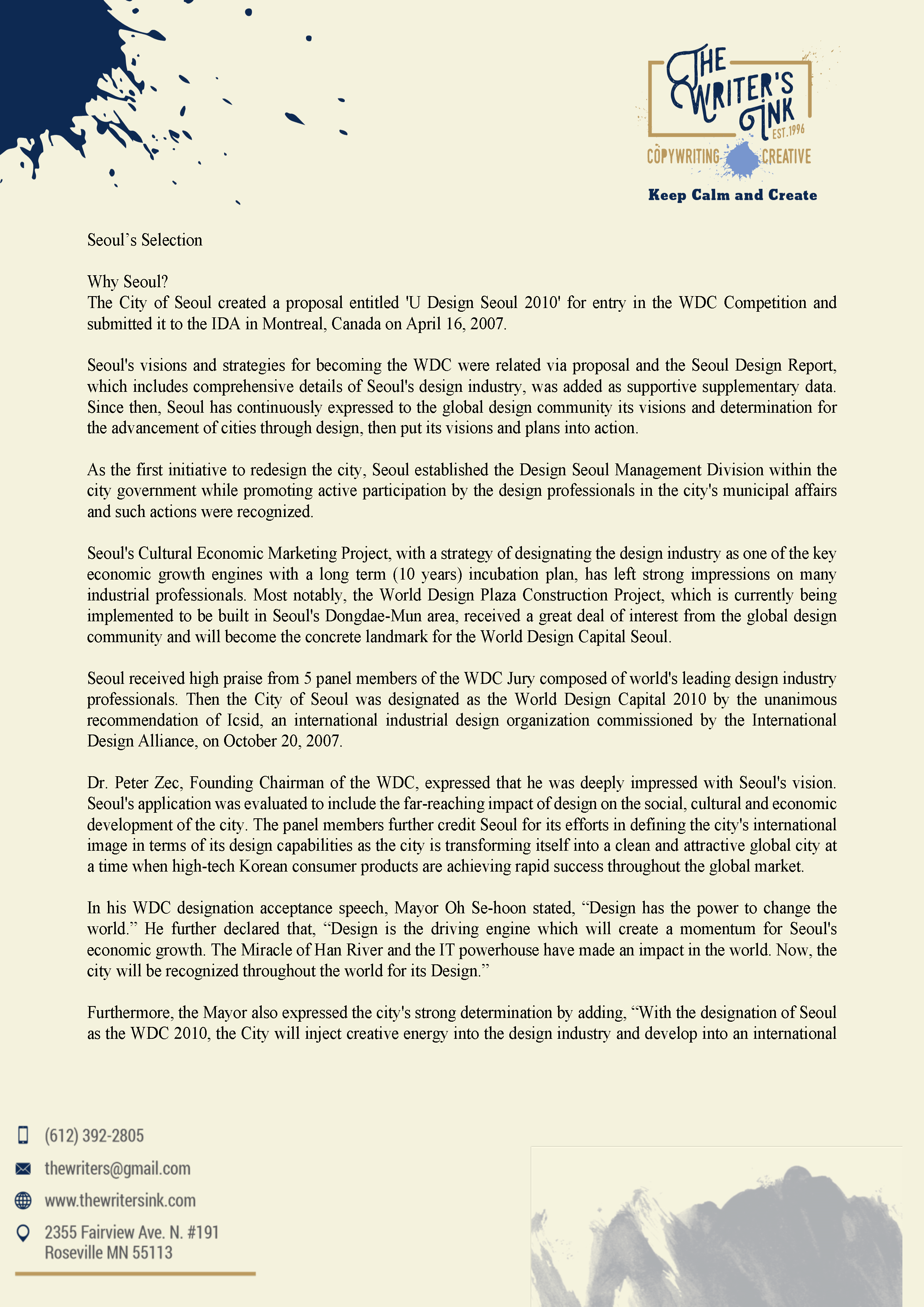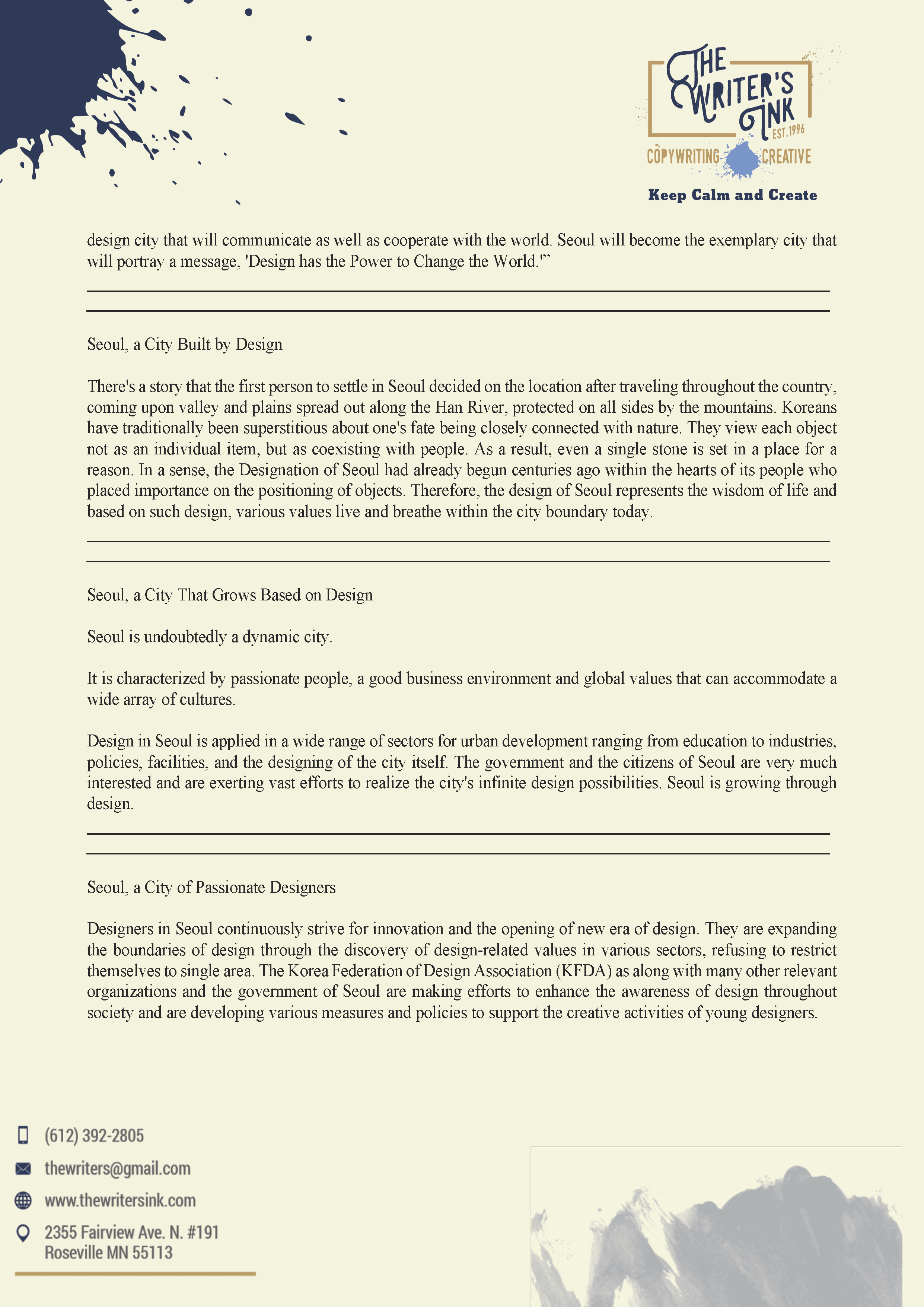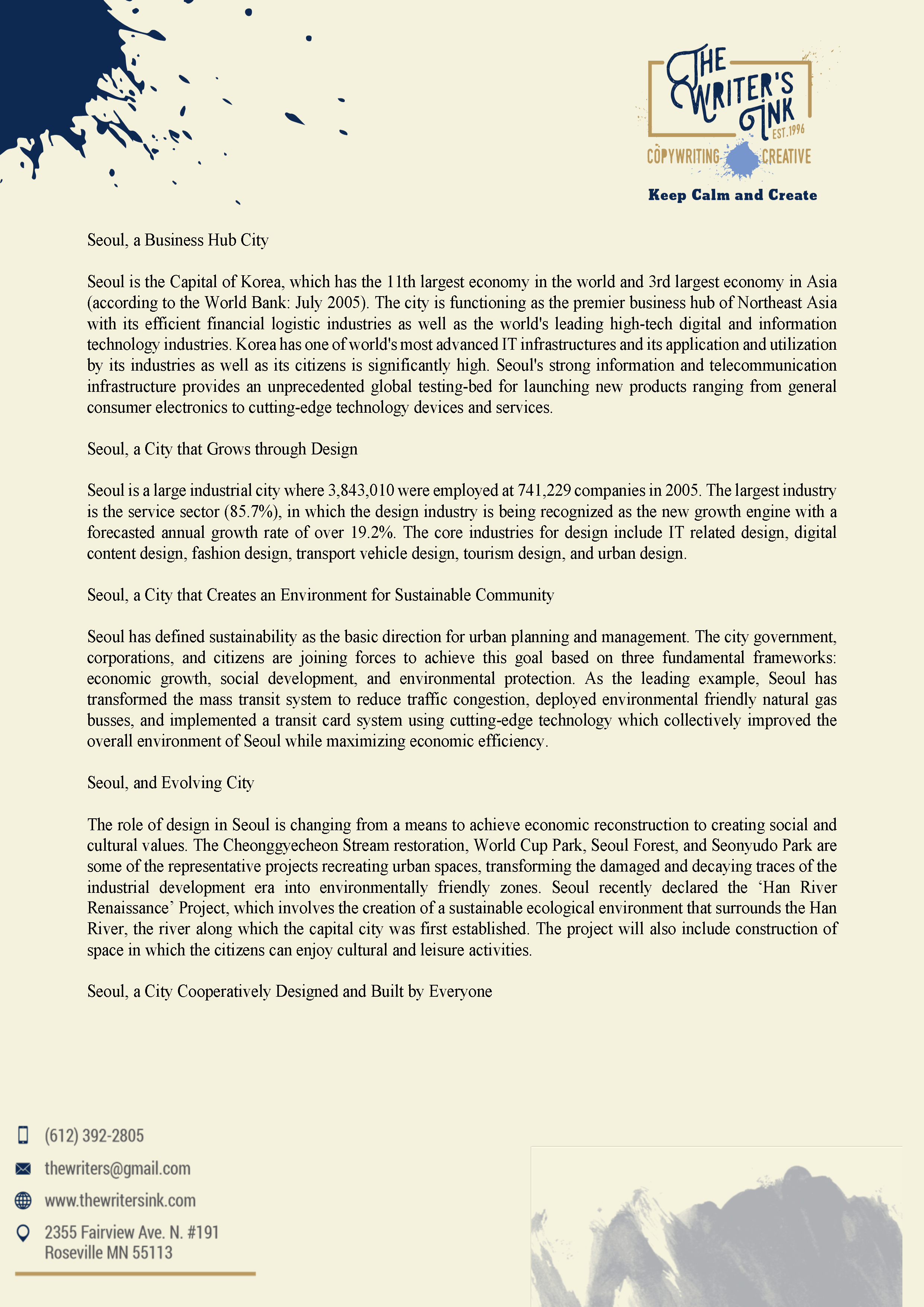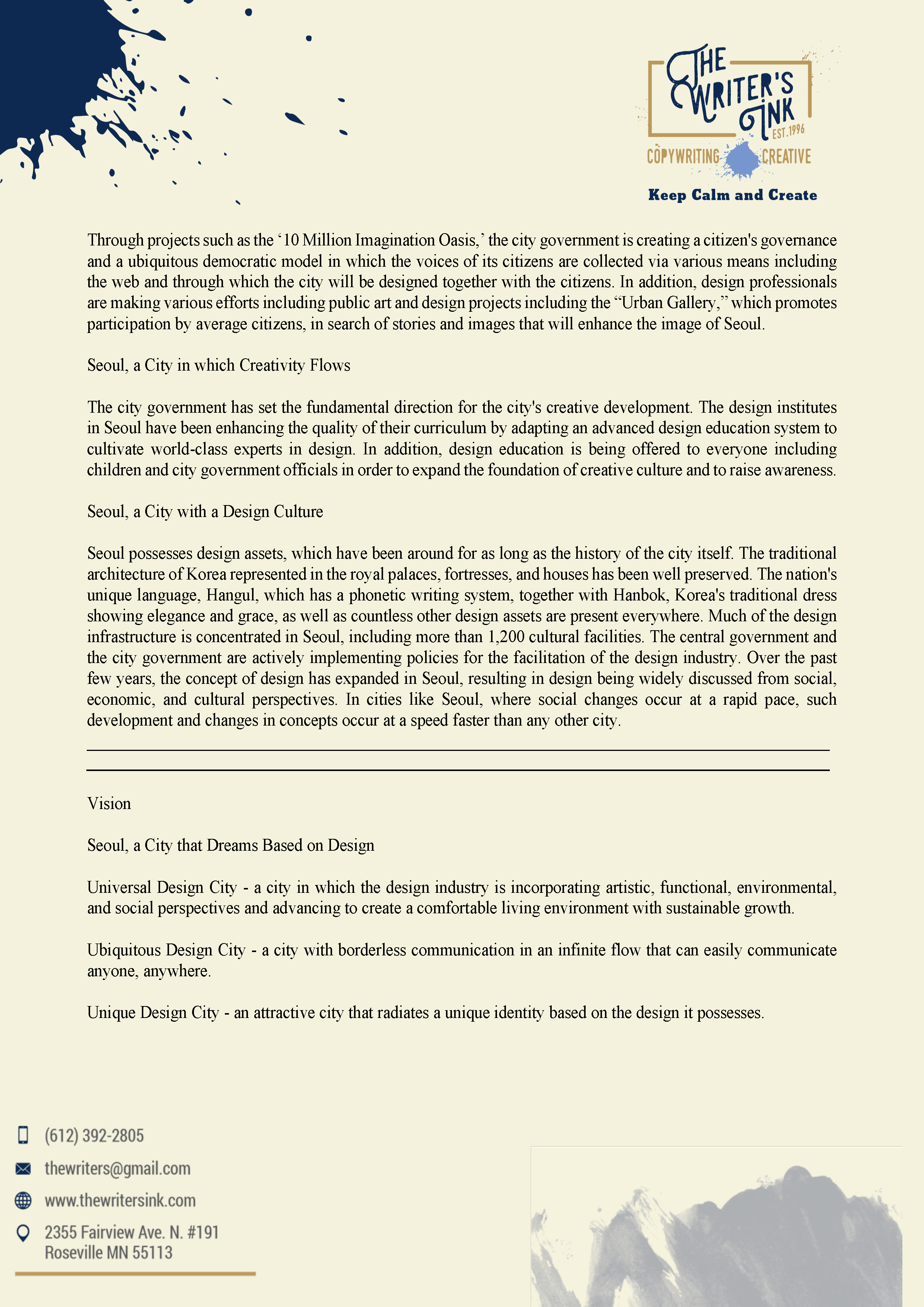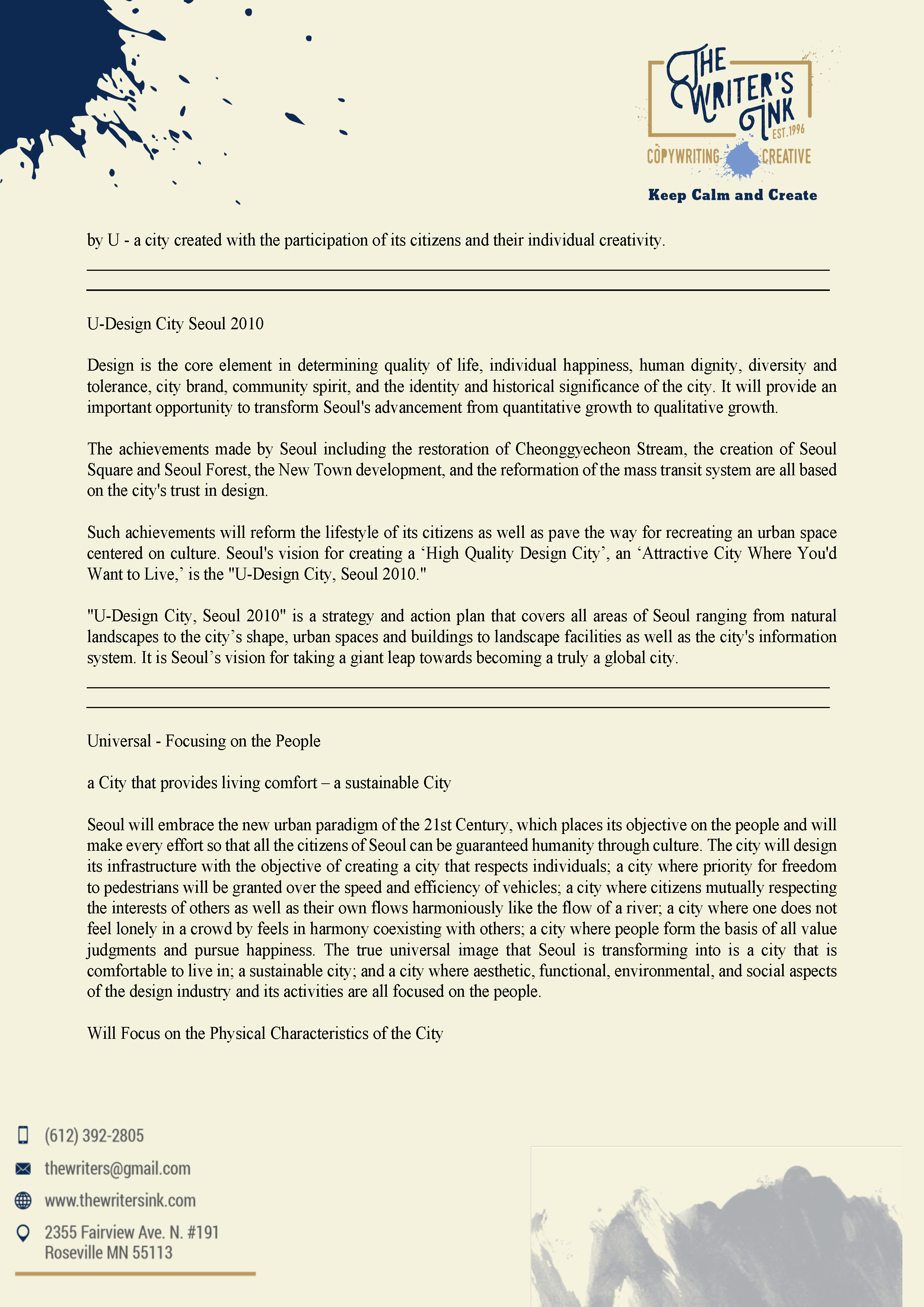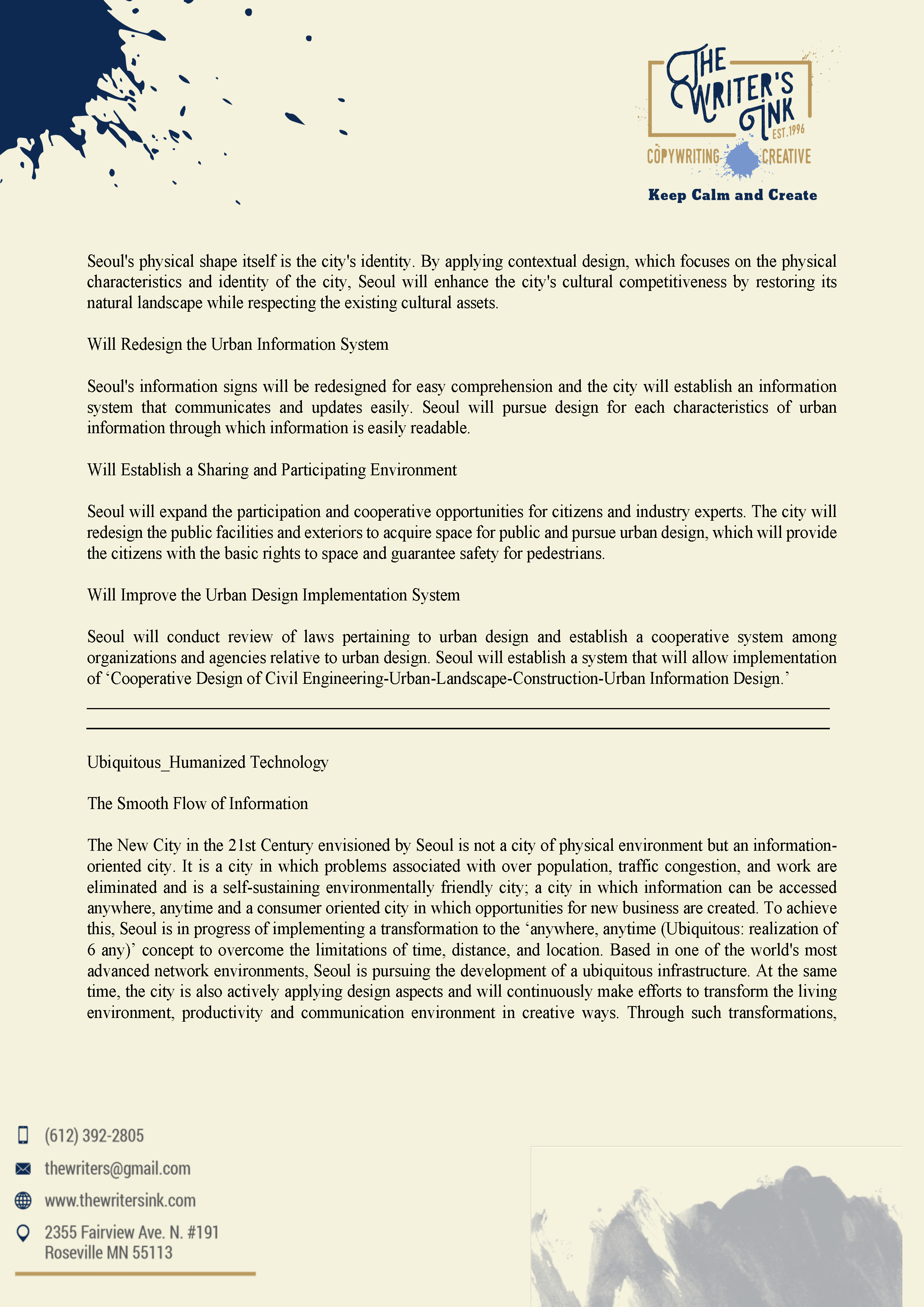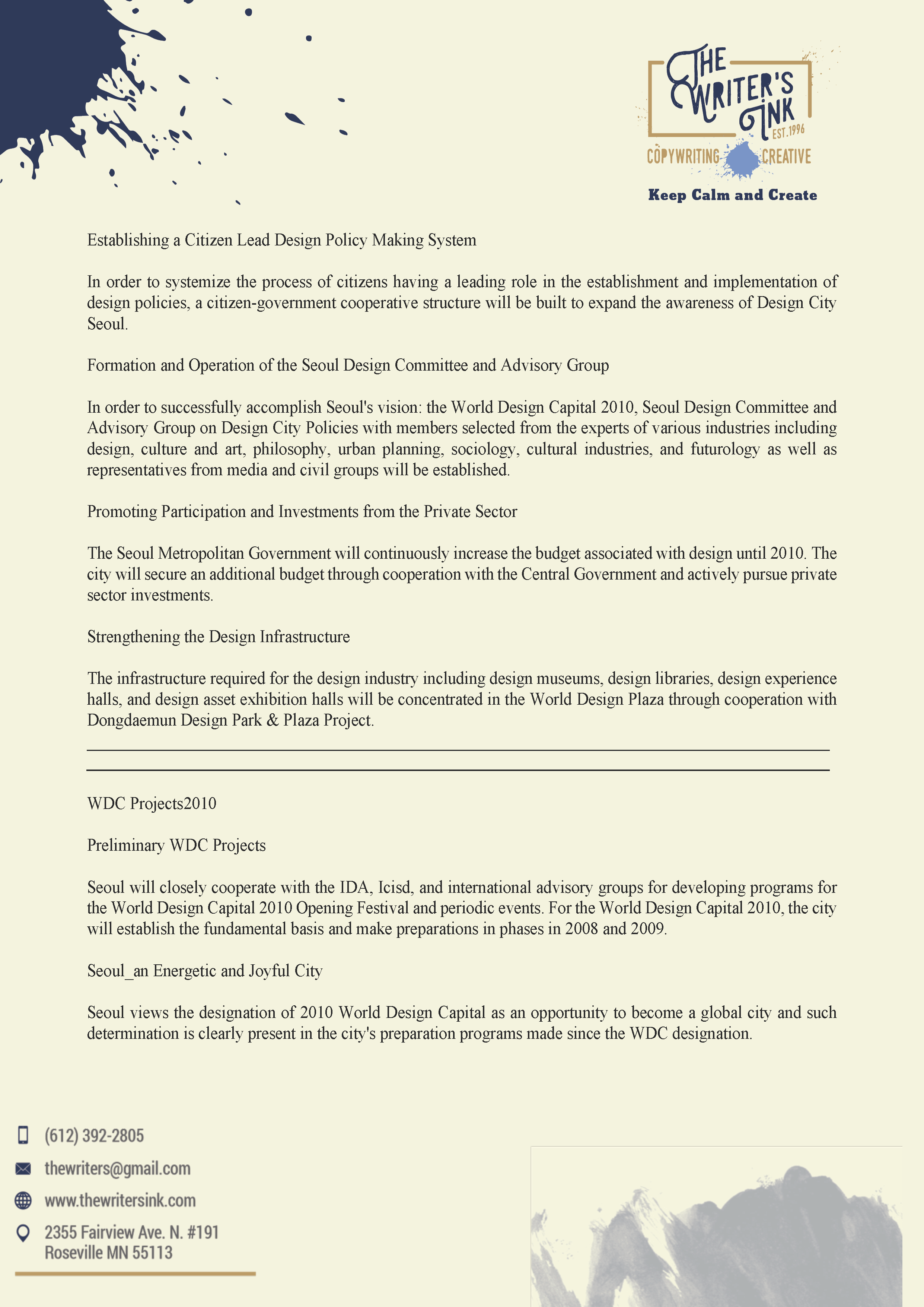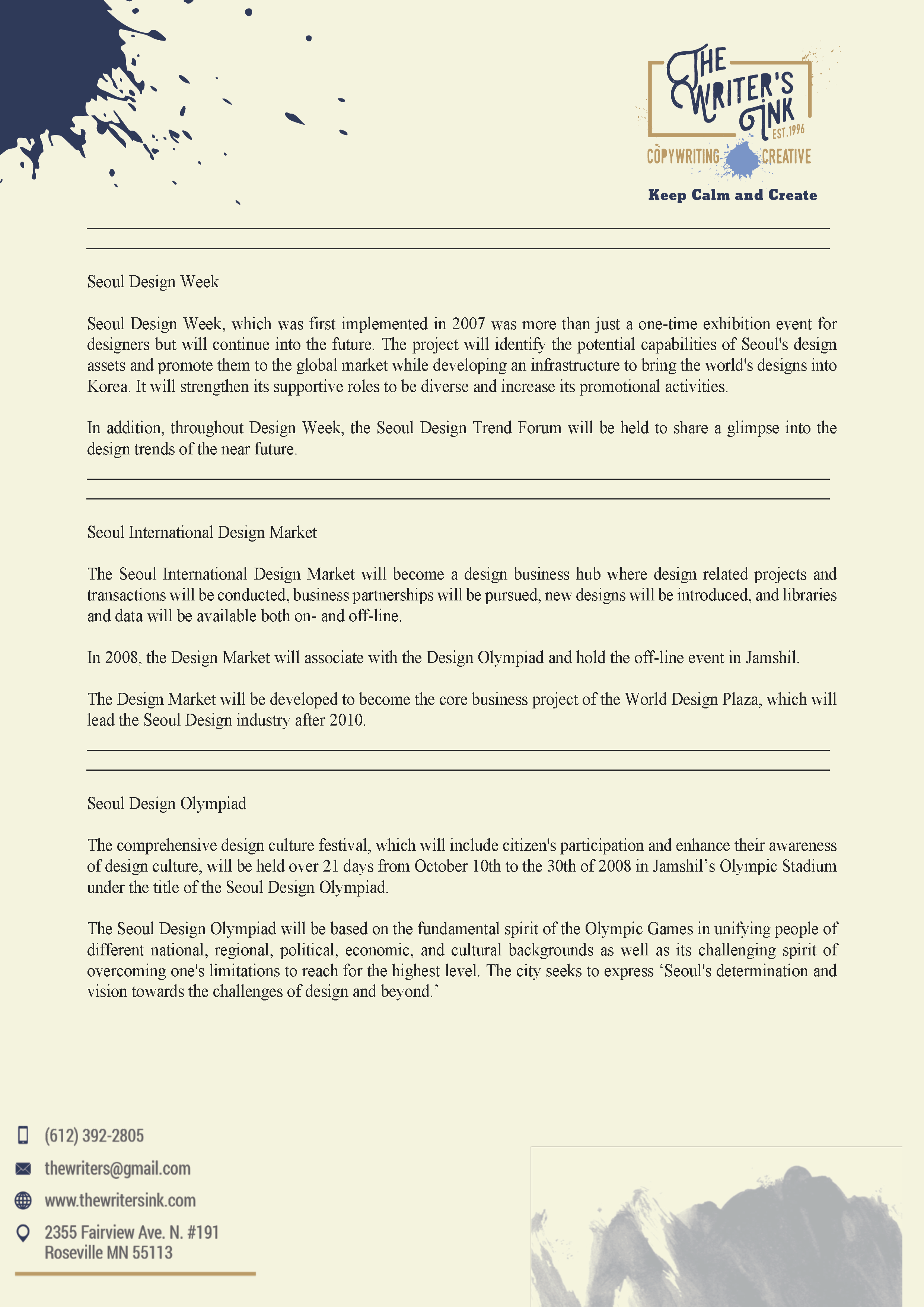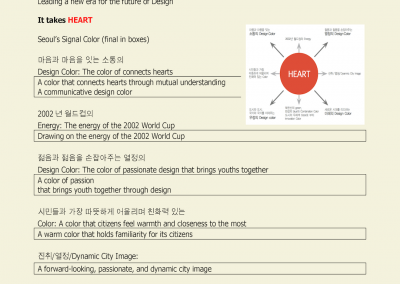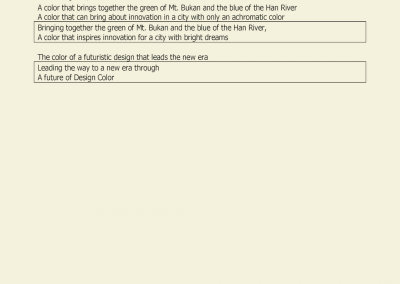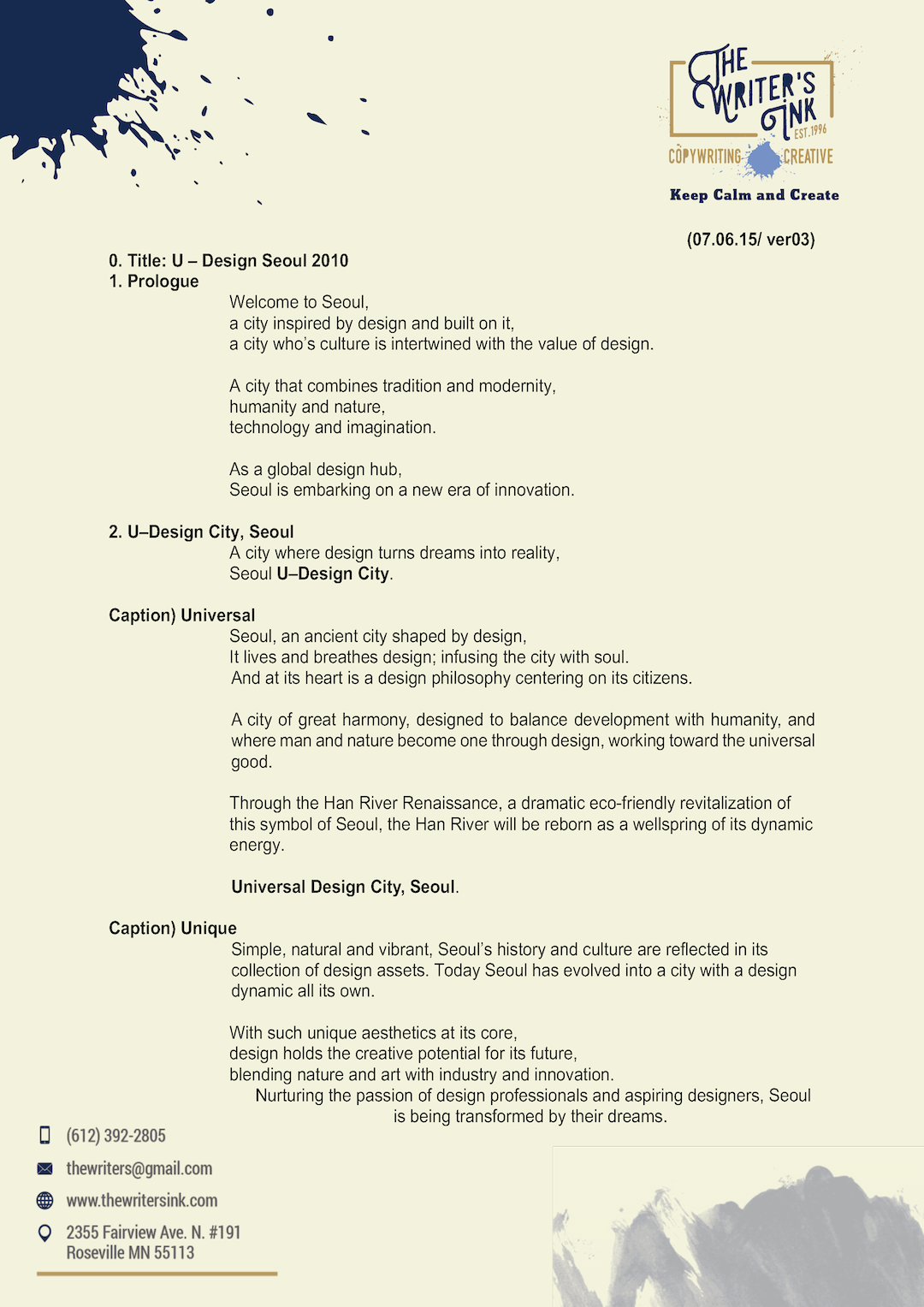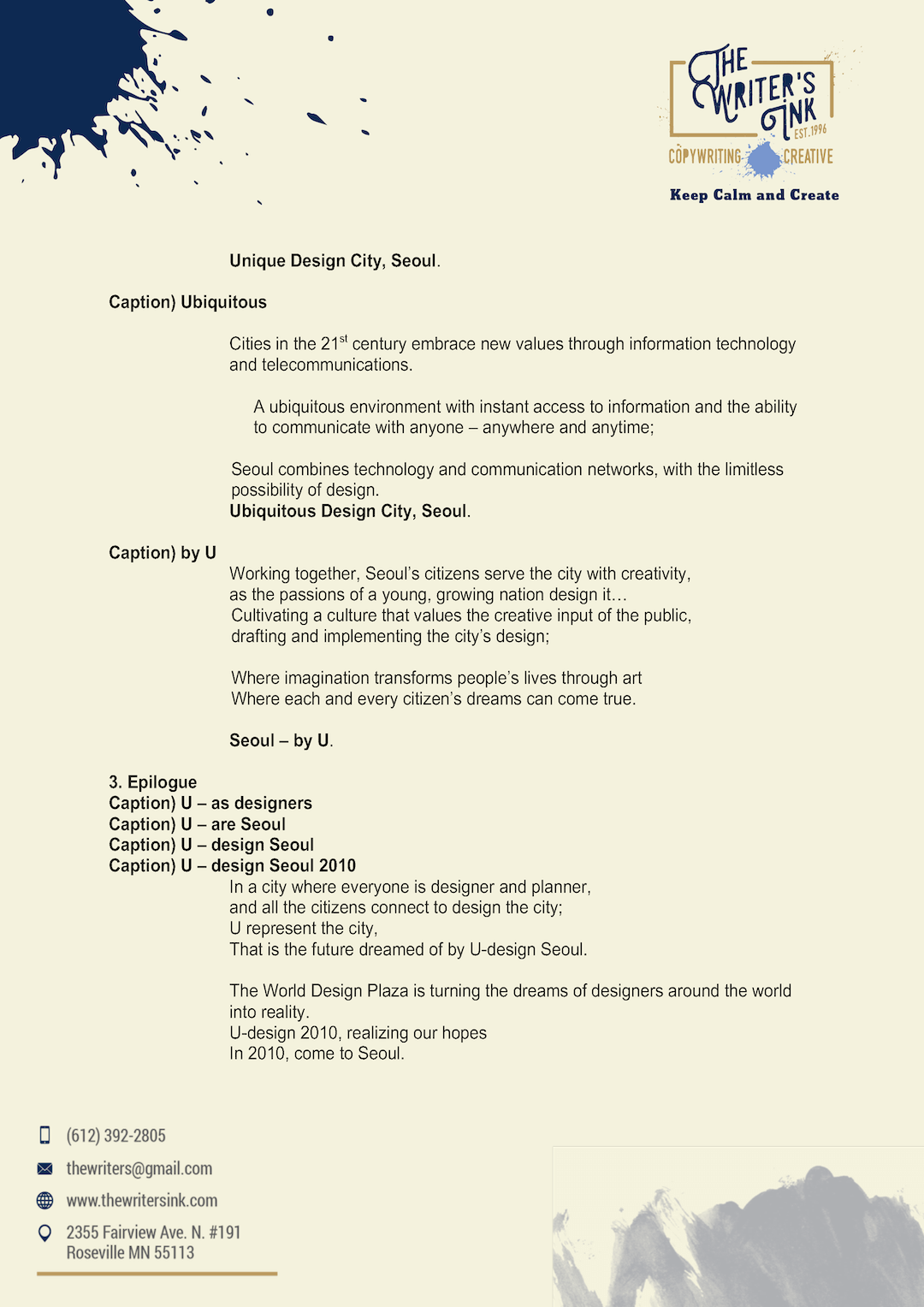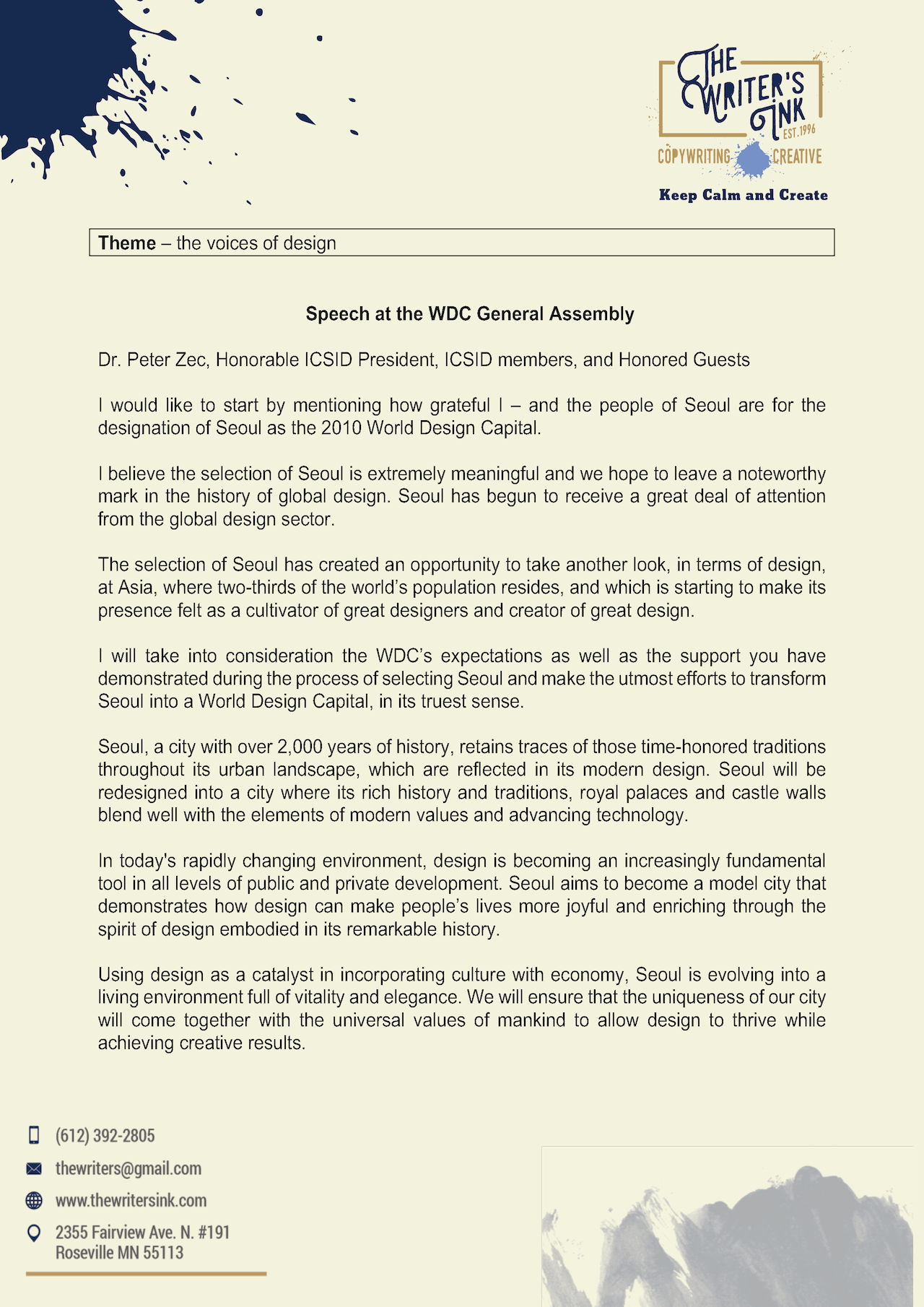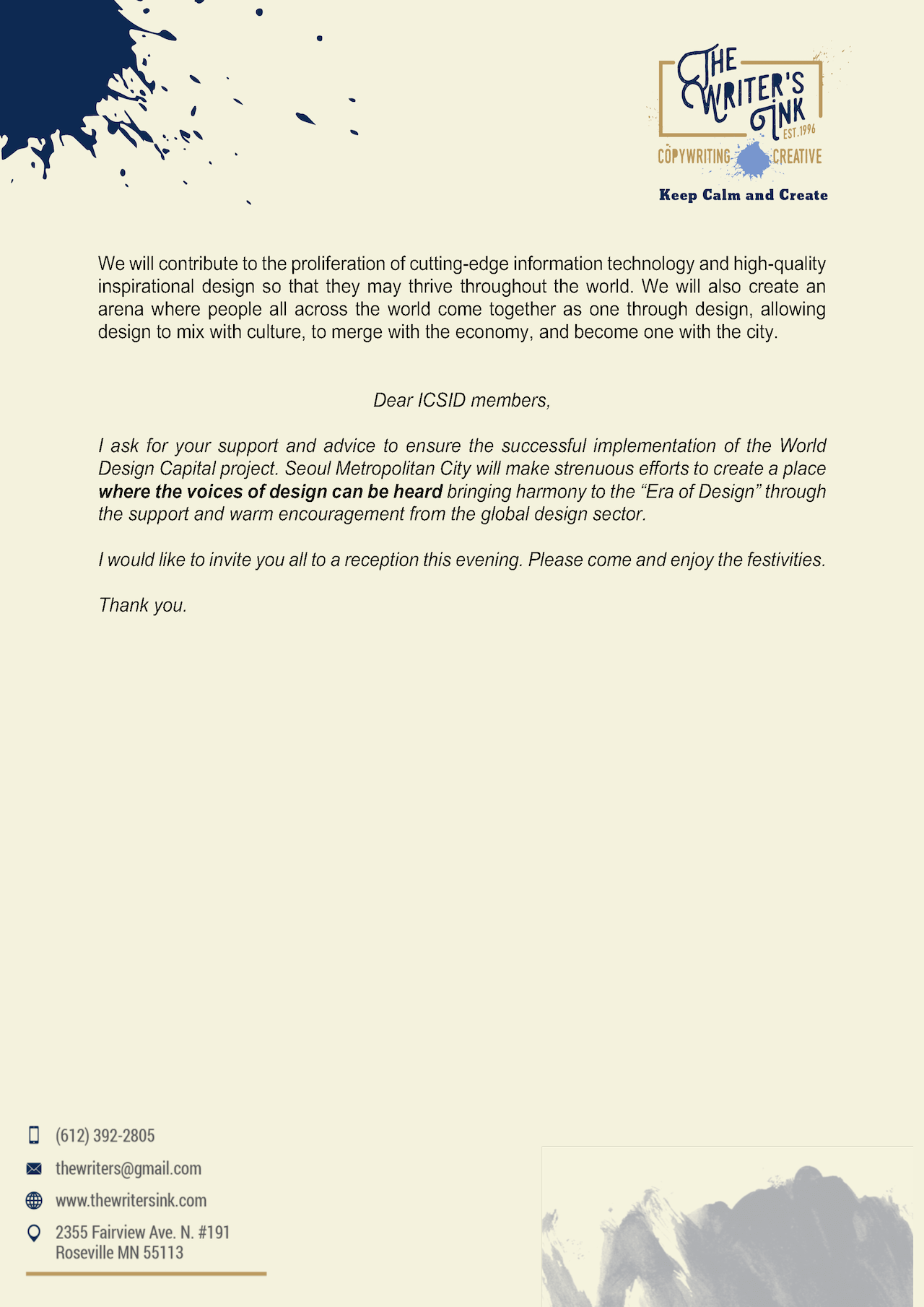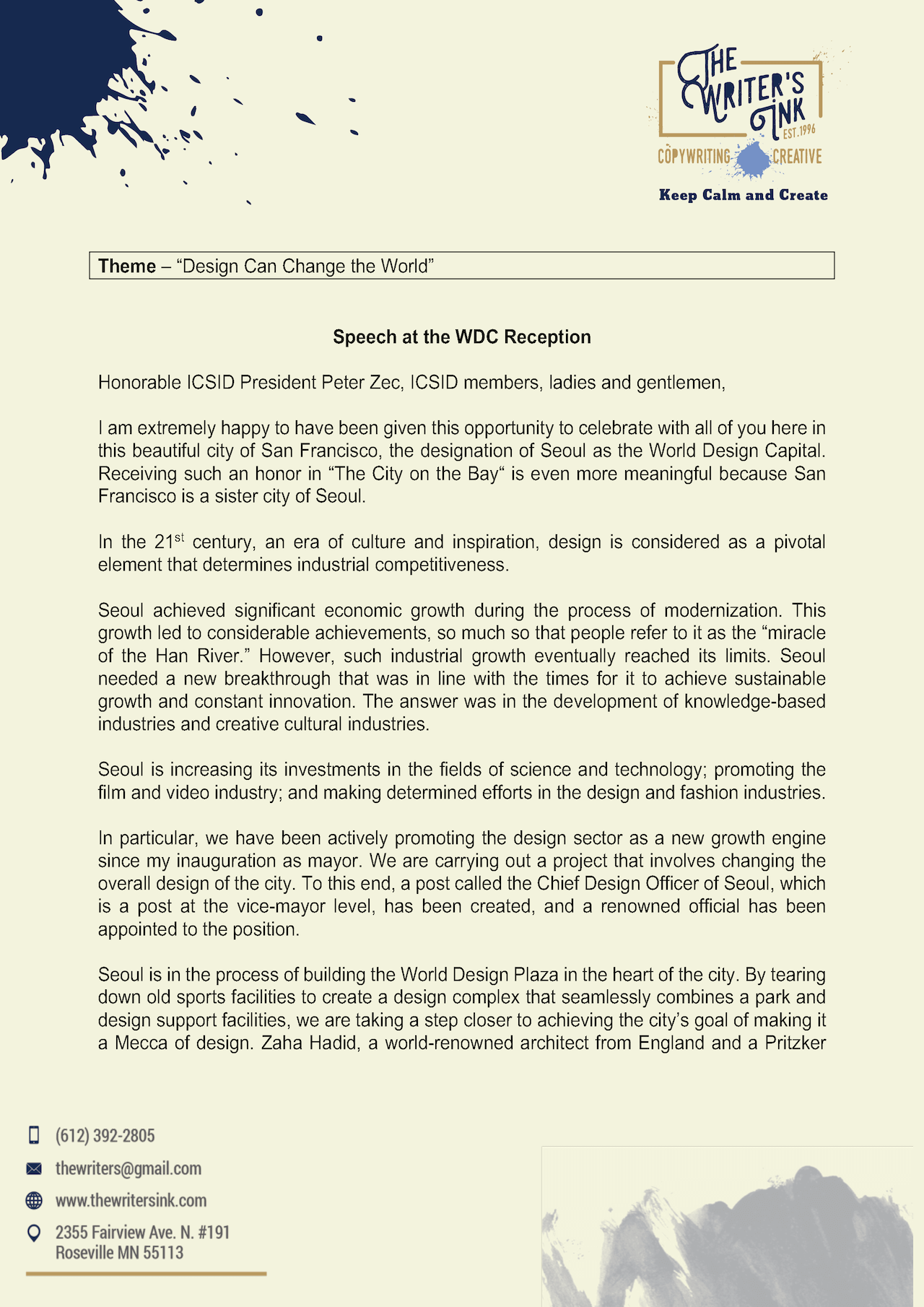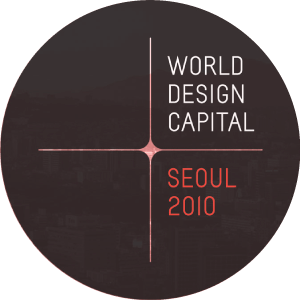
World Design Capital 2010
The Challenge
Seoul was given the chance in 2007 to apply for the prestigious 2010 World Design Capital competition and the city of the miracle on the Han wasn’t about to let it slip through its fingers.
The Solution
A multi-year, multi-stage, muti-billion dollar effort led by the bulldozer himself, Mayor Oh, Se-Hoon. The many-pronged efforts would be led by a team of talented designers from across Korea, mostly centered in Seoul and one very busy foreign writer/translator – me.
WDC Candidate City Application Book
The initial stage of the project involved the pitch to the WDC. My part began later in the process as much of it involved government funding for large-scale design-related construction projects and multi-faceted design updates for various parts of the city. I was brought in specifically not only for my reputation as a copywriter, but for the depth of my knowledge of Korean history and culture, as well as my ability to do some translation when needed.
My role in the project came down to spot translation with major re-creation, as well as a great deal of independent copywriting (which to my great joy allowed for some poetic input) for the first, and premier, book in the proposal and widespread editing of the completed rough translation of the second book in the set.
The end product included explanations of calligraphy, how design embodies the old and the new, poetic depictions of Seoul, how design shaped the city, sections on history, sustainability, the designers of Seoul, the evolution of the city, etc. (As the first book is 104 pages, I will share just a few here.)
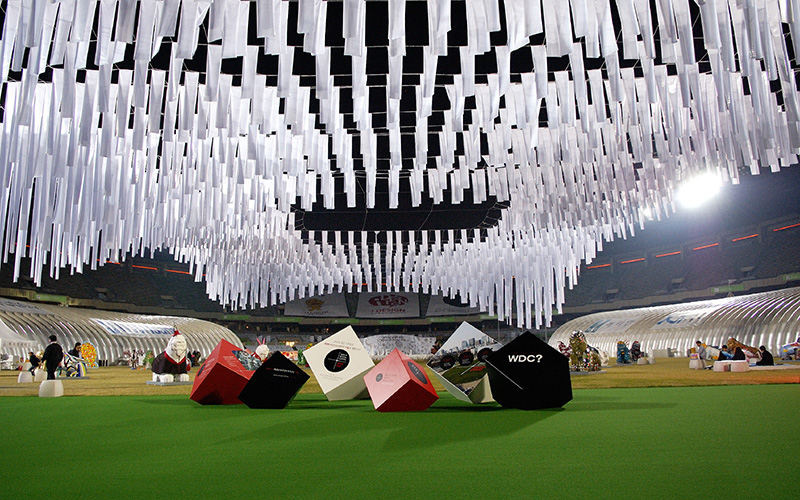
WE WON!
In the second stage we began getting the word out. This involved creating a series of brochures, two Newsweek ads, some commercial videos, and materials for public presentations leading up to the launch of the two year long “event.”
2007 Brochure
2008 Brochure
Publicity Video Scenario
Newsweek Articles
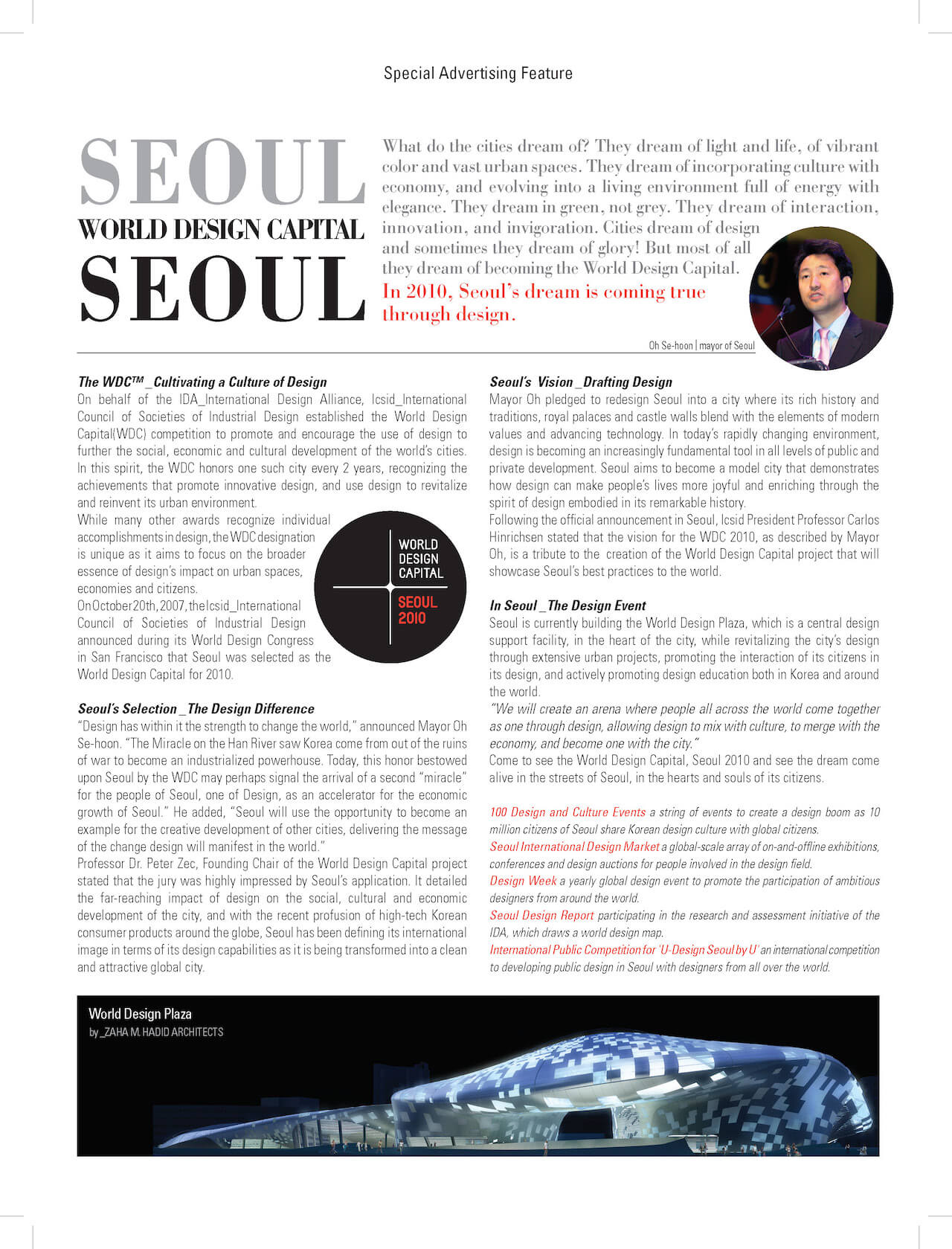
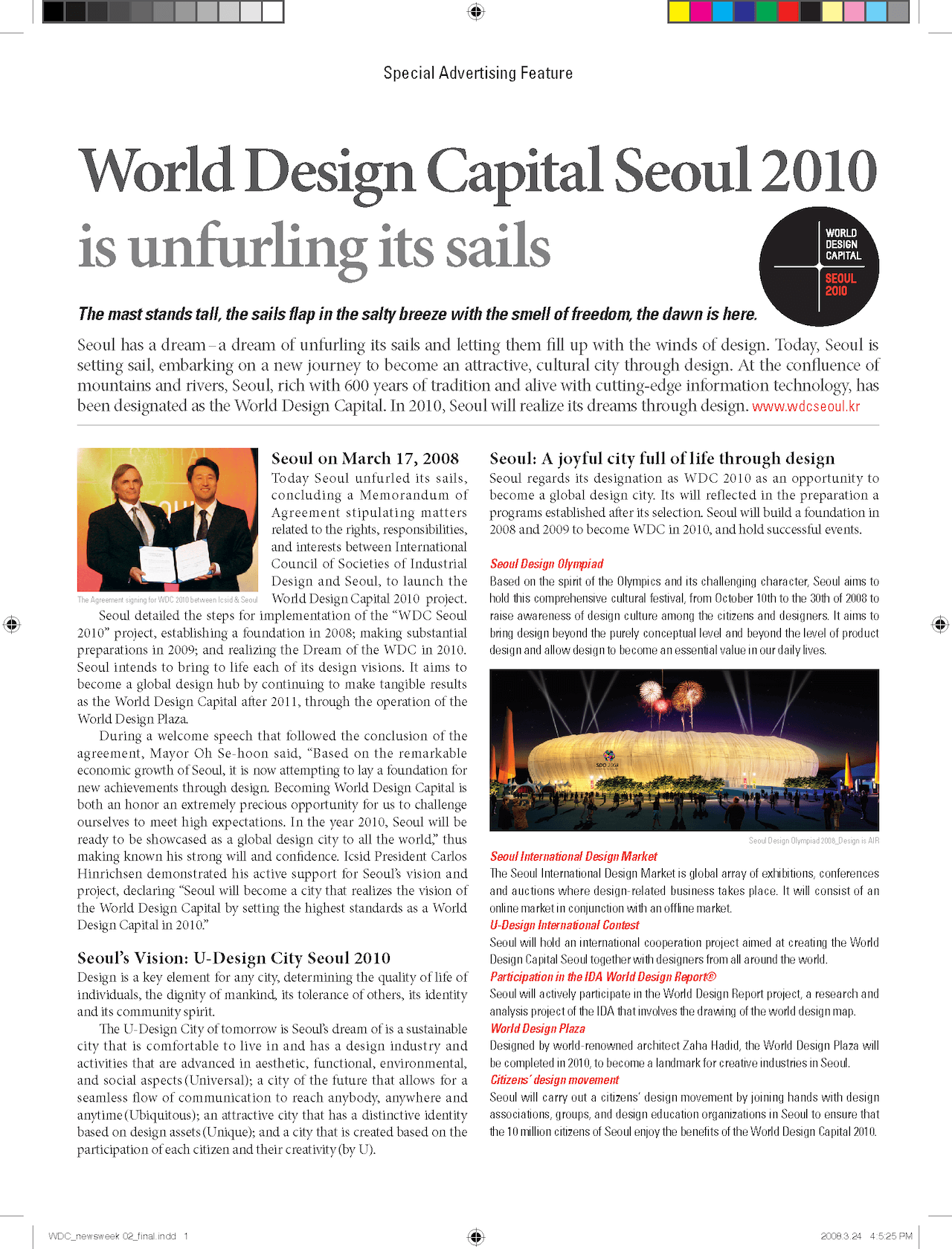
Acceptance Speeches
Finally, the Mayor’s office reached out and entrusted The Writer’s Ink to translate and rewrite the Mayor of Seoul’s acceptance speeches for Oh, Se-hoon’s upcoming trip to the WDC Congress in San Francisco.
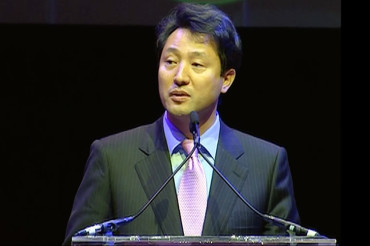
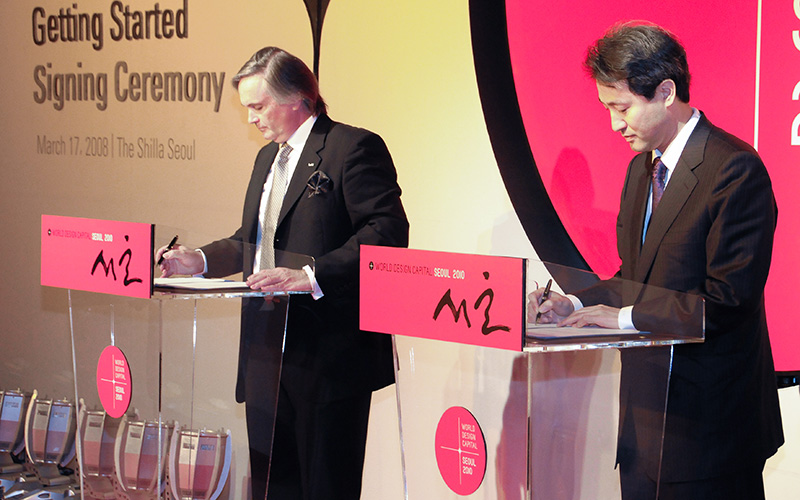
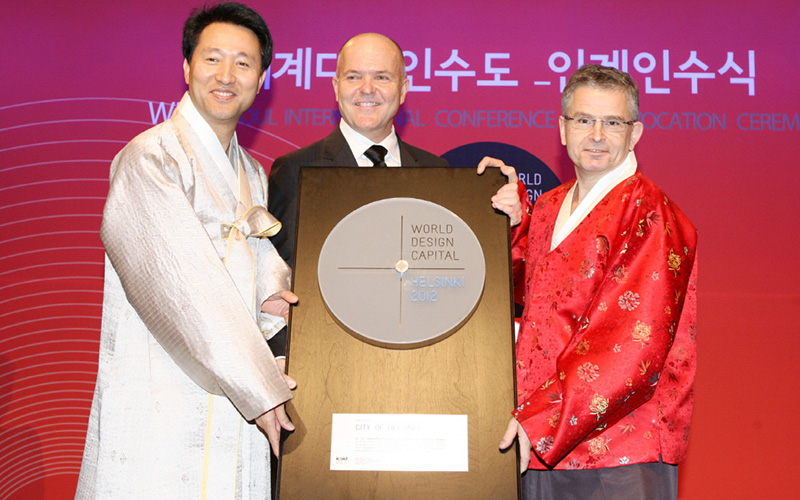

Print Proposal
A Note from PETER LIPTAK
Writing for The Four Major Rivers Restoration Project was a task that required a deep understanding of environmental issues and the ability to communicate complex concepts clearly. It was vital to present a balanced view that acknowledged the concerns while emphasizing the positive outcomes expected from the project. This work reinforced my belief in the power of well-crafted copy to shape public perception and support for significant environmental initiatives.
THE RIVER'S FLOW: The Four Rivers Restoration Project
OFFICE OF NATIONAL RIVER RESTORATION MINISTRY OF LAND, TRANSPORT AND MARITIME AFFAIRS
A Tale of Four Rivers
Growing ever more soulful and scenic,
four rivers forever infused with history’s narrative
run deeper by day with renewed hope
and the cleansing chronicle of nature’s nourishing water.
Korea’s Ambitious River Revitalization Project
Investing in a safe and sustainable Korea, now and in the future
The Four Major Rivers Restoration Project is a comprehensive, pan-governmental project, representing the collaborative commitment of municipal, provincial and national government bodies with contributions from social organizations to protect Korea and its future generations from water related disasters caused by climate change while promoting green growth.
- PROLOGUE - Water Resources and National Security
As a farming nation, despite Korea’s annual rainfall (1,245mm/1yr) being significantly higher than the world average of 880mm, its people regularly held rain rituals. The simple reason was a lack of sufficient storage capacity to save rainwater for use in dryer months. Korean rain is primarily seasonal with 70% of annual rain falling in the short rainy season. Fortunately, modern infrastructure developed to equip cities with reservoirs and government initiatives striving to maintain forest conservation nationally, those rituals have become a thing of the past. Even so, in order to ensure people’s enjoyment of affluent lifestyles, Korea must endeavor to provide more abundant, cleaner water for residential and industrial consumption.
More importantly, the preemptive storage of water resources is becoming increasingly vital due to global warming and the resulting climate change, which is creating above-average temperatures and increases in the frequency of intenserainfall around the world. Since October 2009, five provinces of China have experienced water shortages as a consequence of unusually severe droughts leaving 25 million people and 16 million cattle reportedly suffering from the effects (Bloomberg, Business Week; April 26, 2010). The Yangtze flowing along the city of Chongqing has begun to reveal its riverbed; reservoirs are dried up and desolate; 768 hectors of agricultural land have been damaged from the drought, and some 5 million people of the Yunnan Province are faced with food shortages.
What the future will bring, what scorching droughts, what intense storms, and when is imminently unclear. Such uncertainty about the availability of our most important natural resource will prove in retrospect that water was far more precious than oil. Unlike crude oil, water cannot be substituted for anything else, like energy resources. Water is as crucial a matter of survival as national security. Without adequate water resources, we humans cannot survive, let alone dream of building a rich and powerful nation. Hence, securing our future water resources cannot be measured in monetary amounts – it is measured in lives.
More From Our Portfolio


